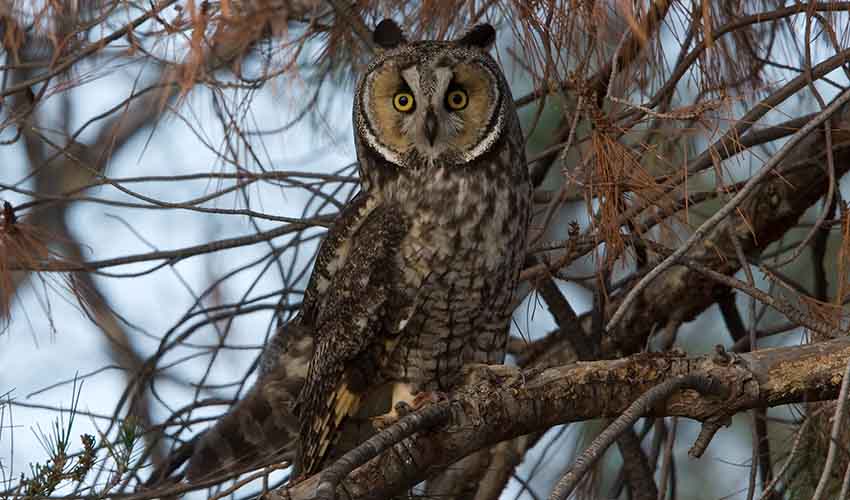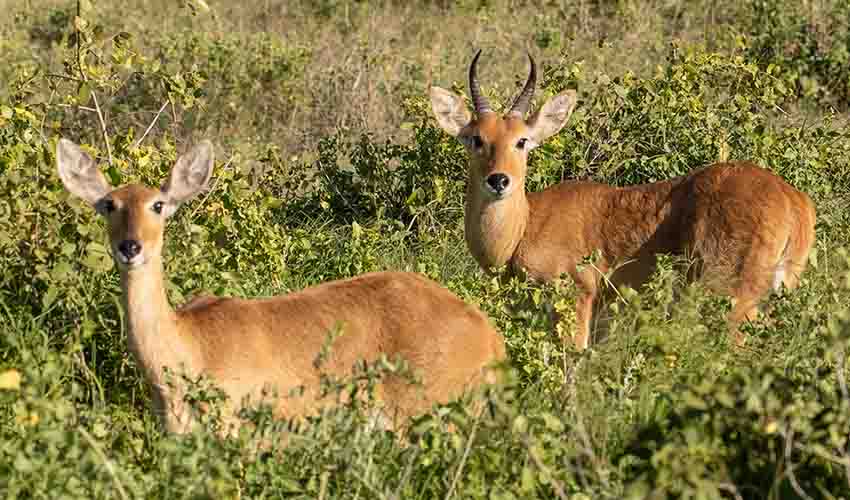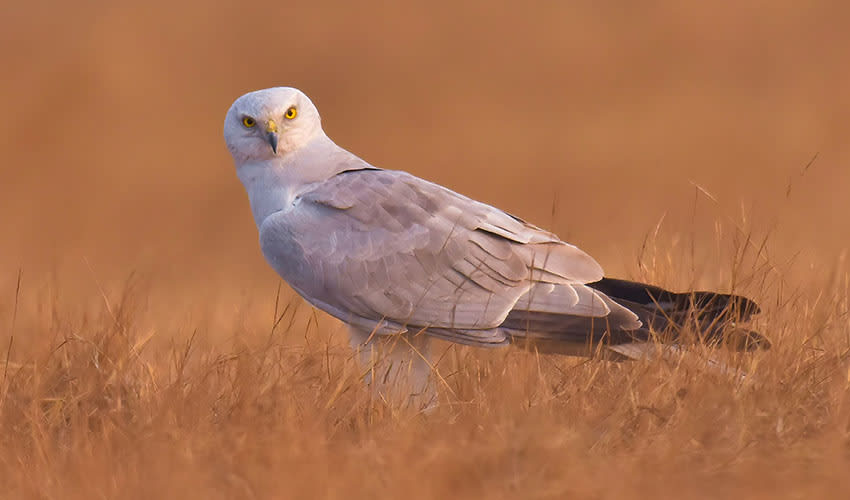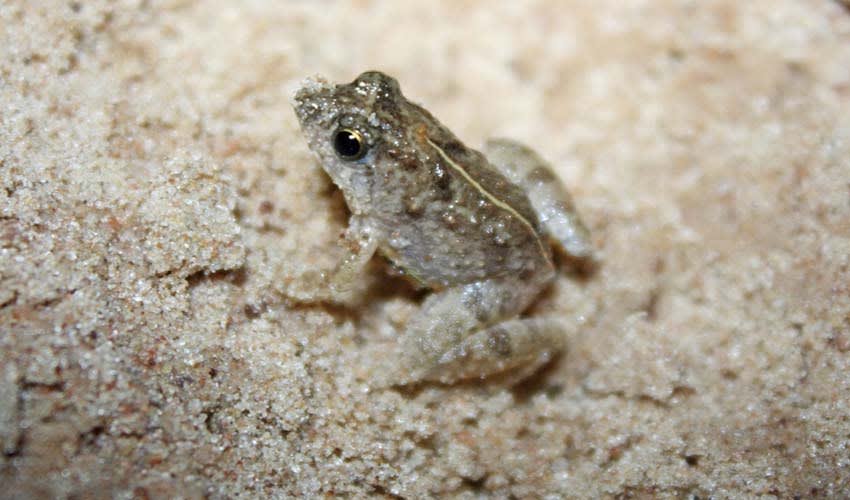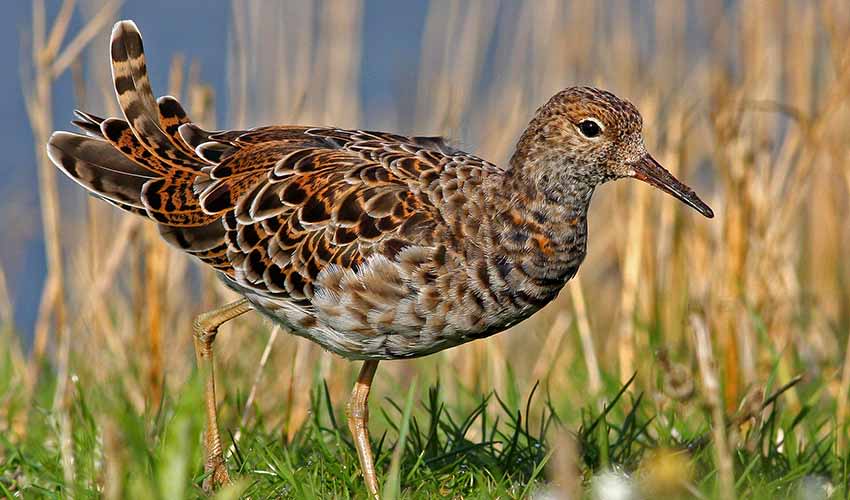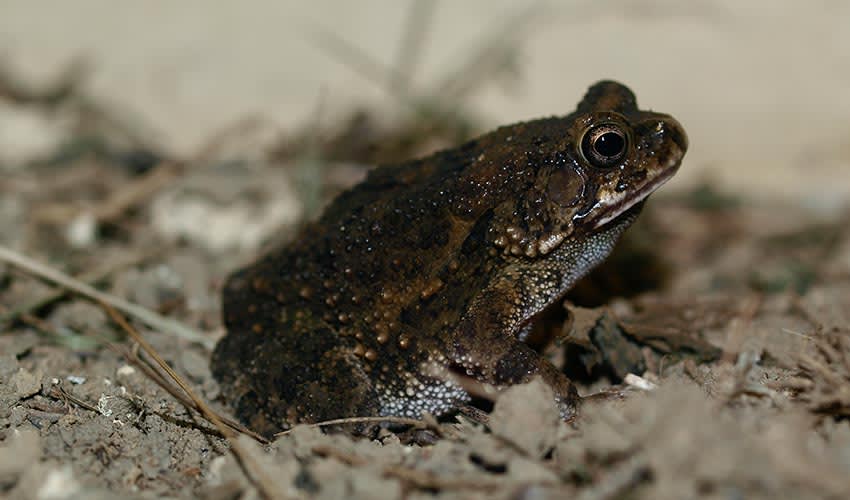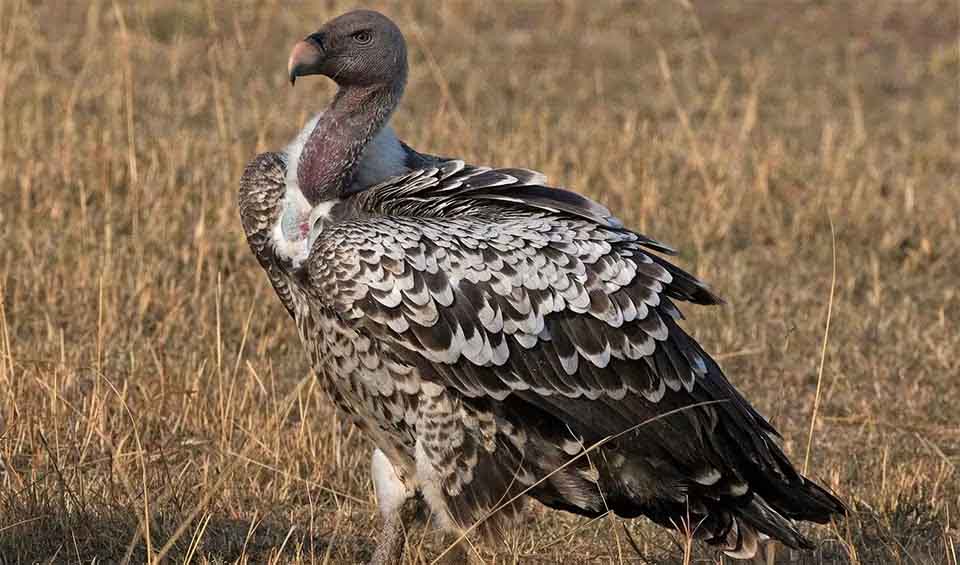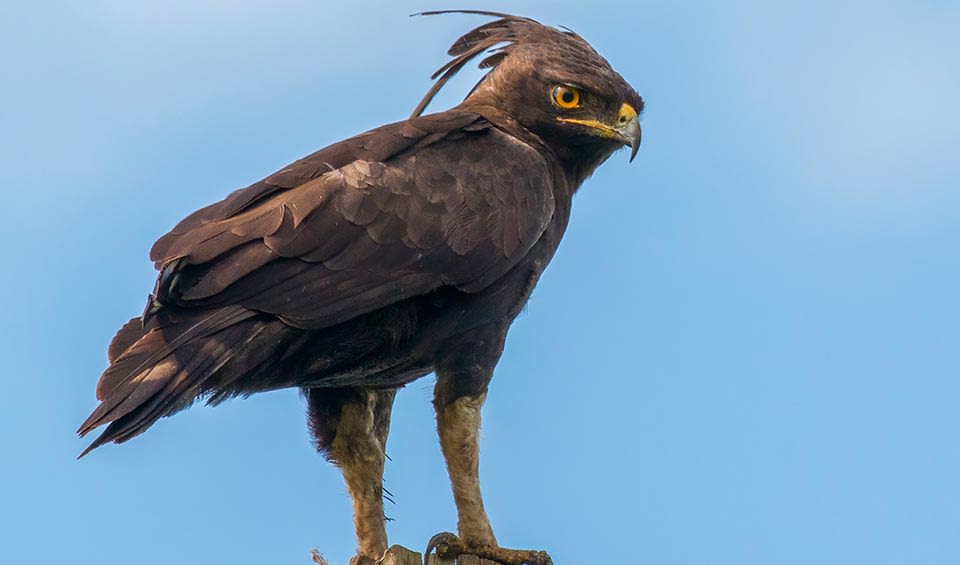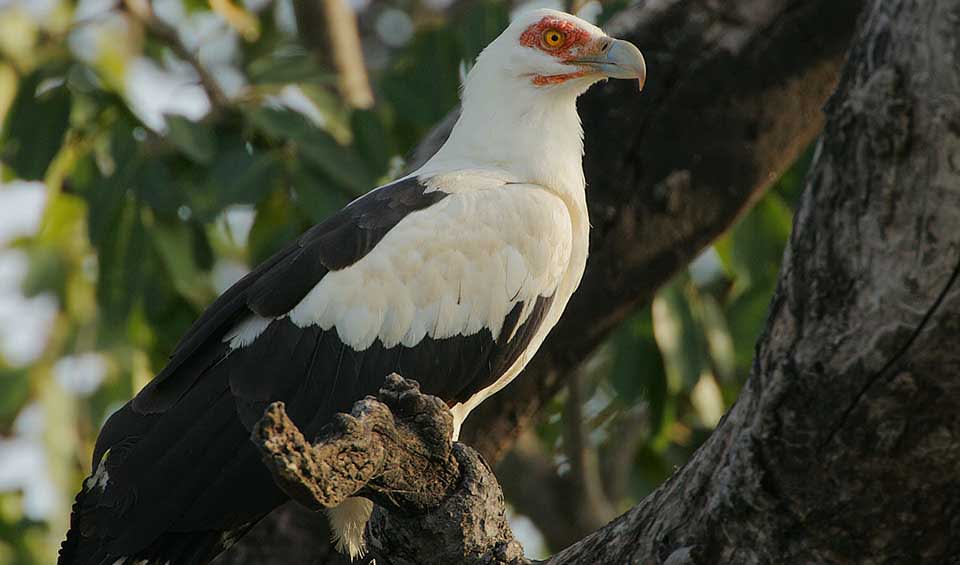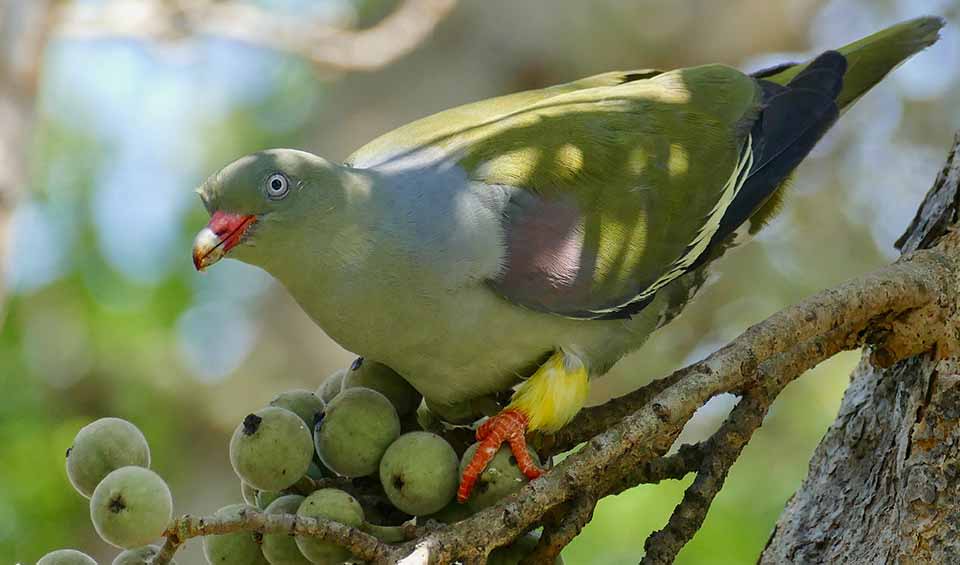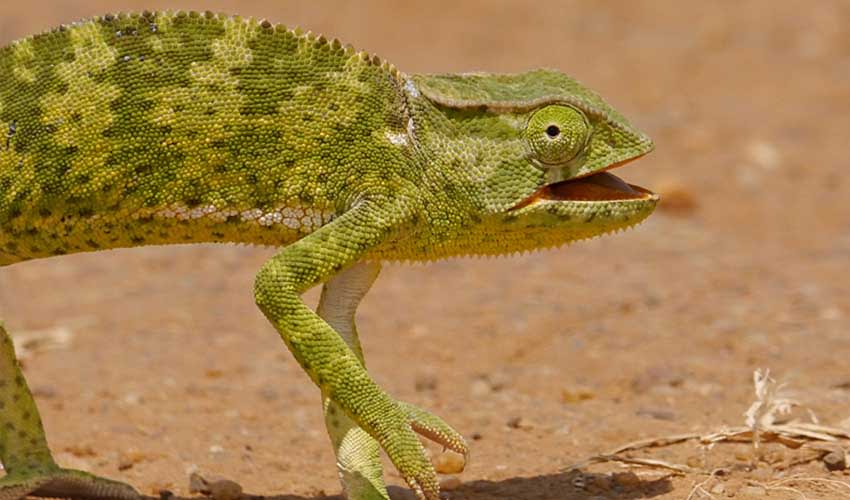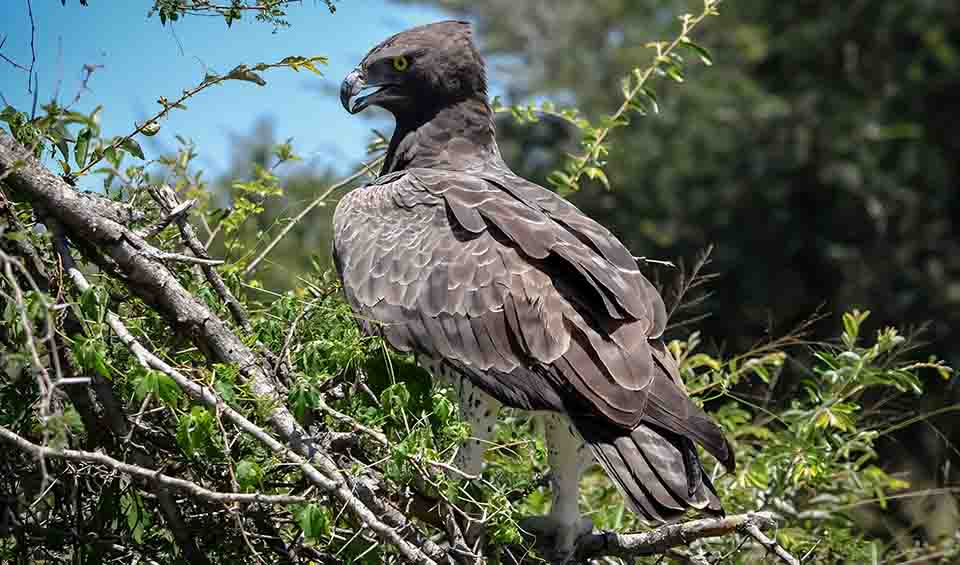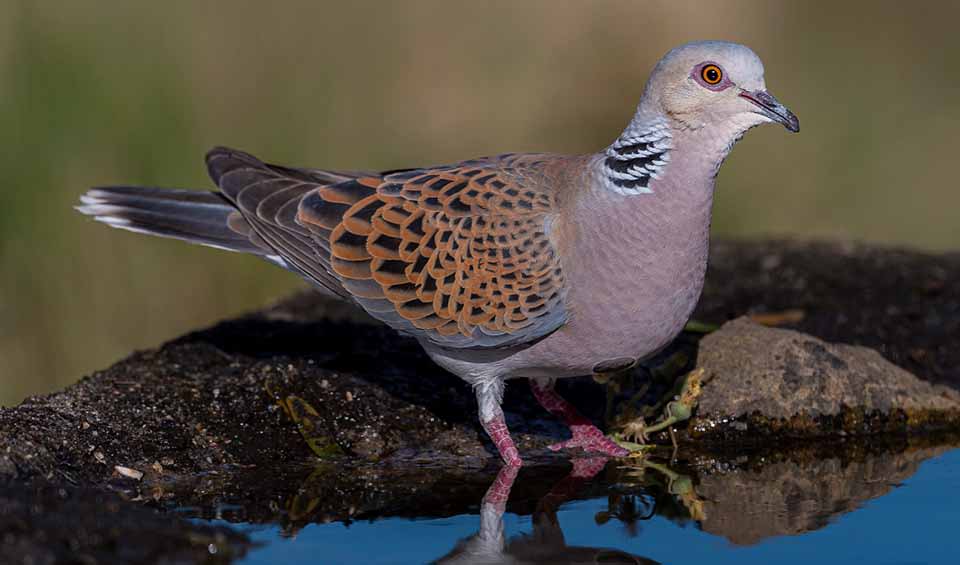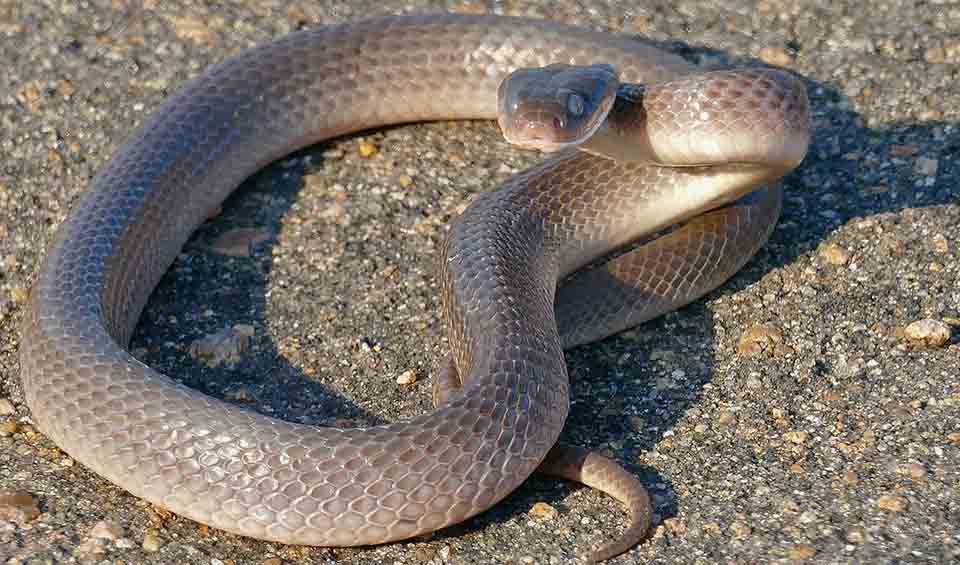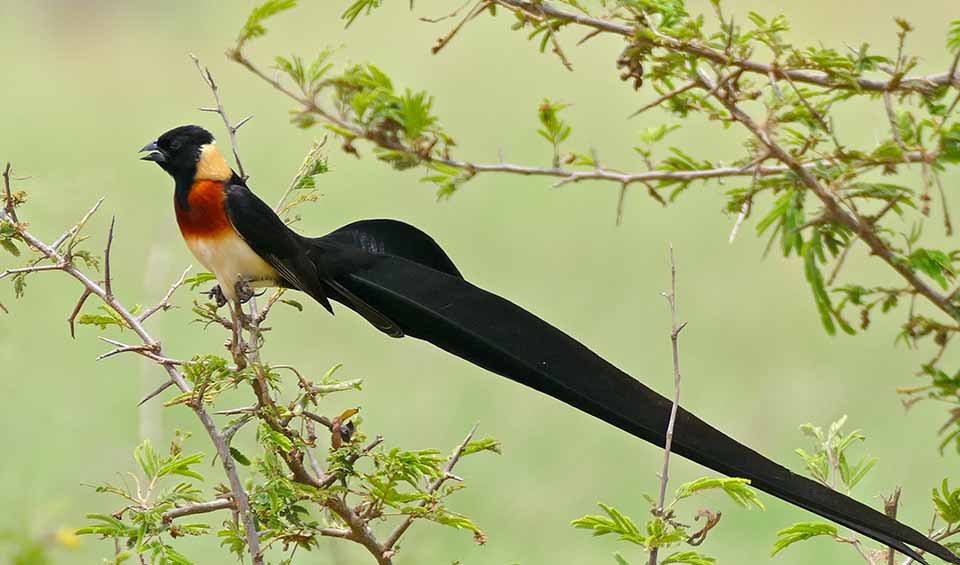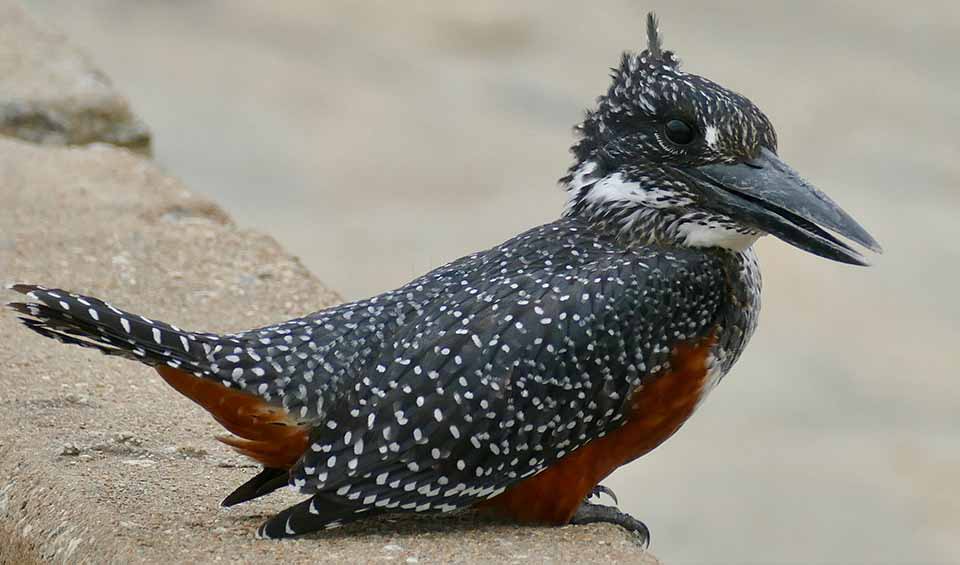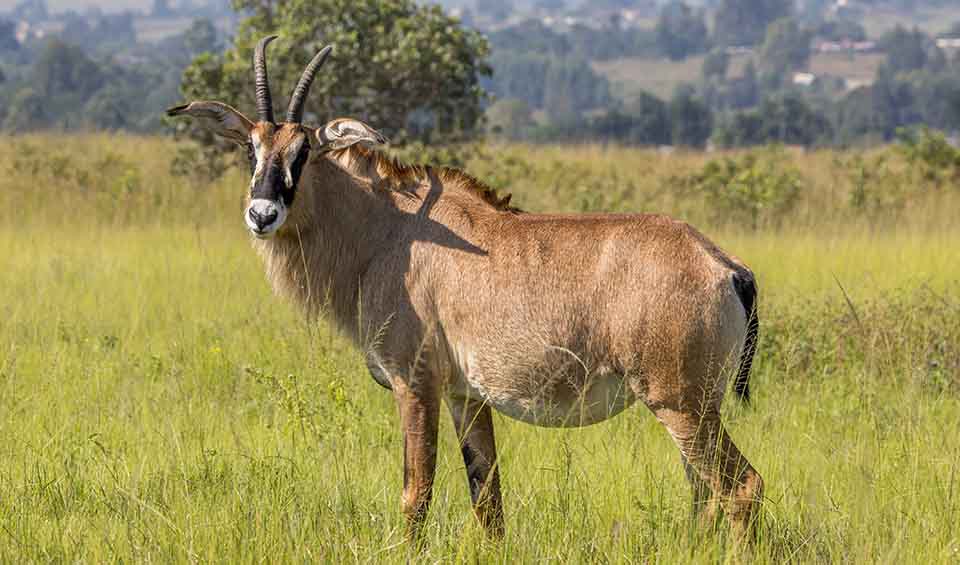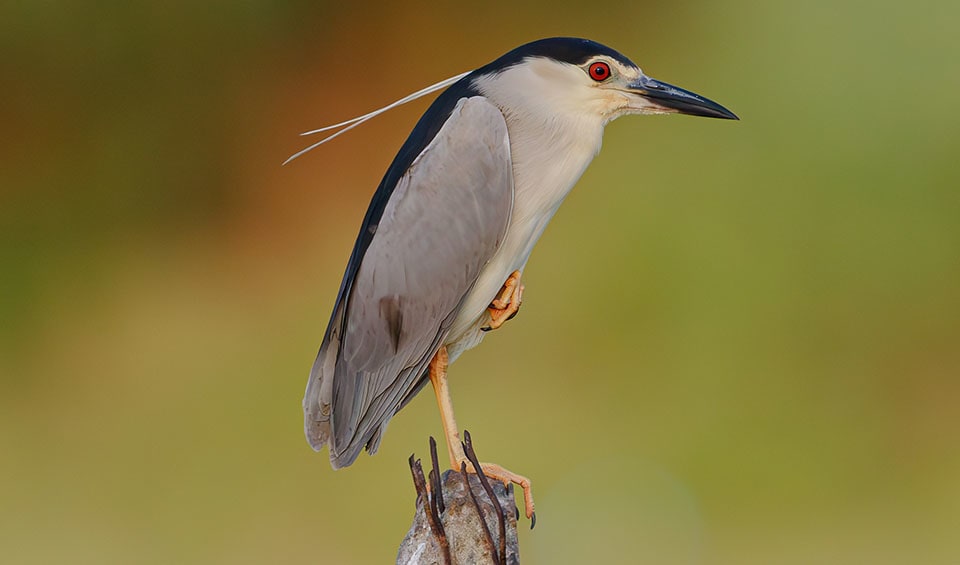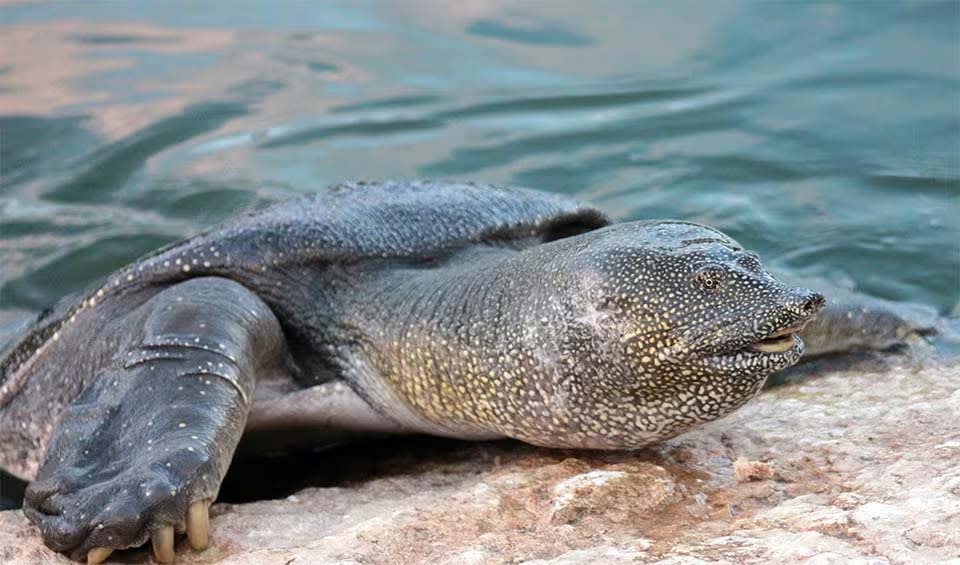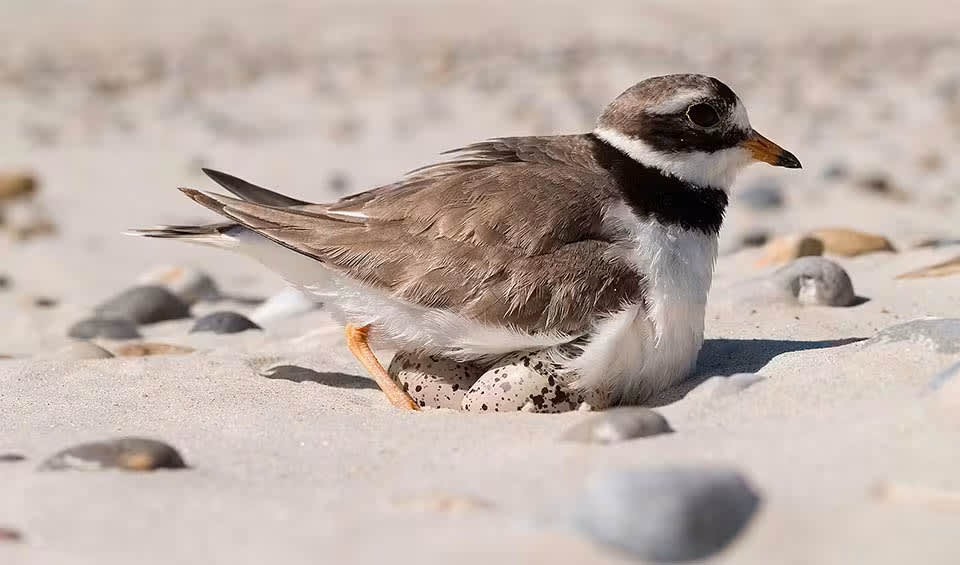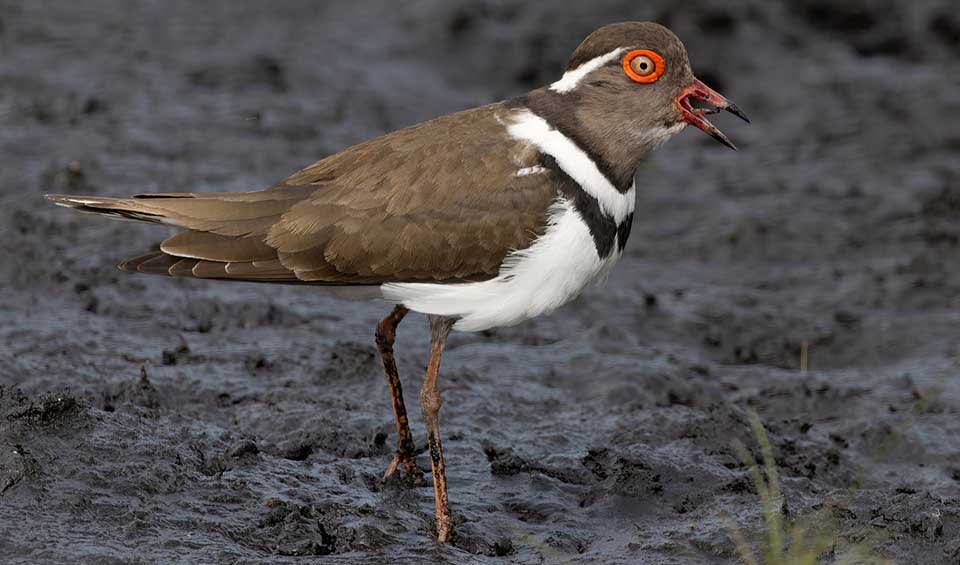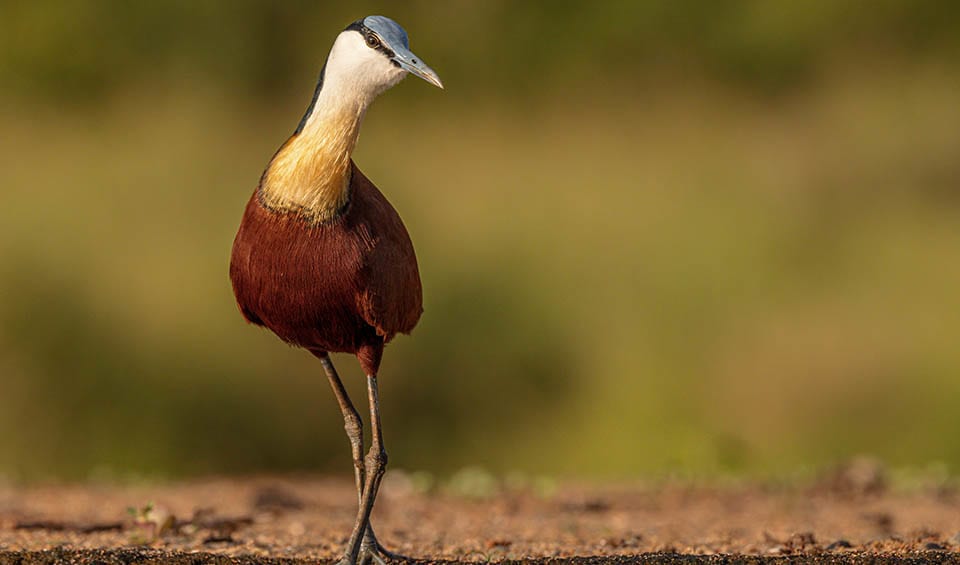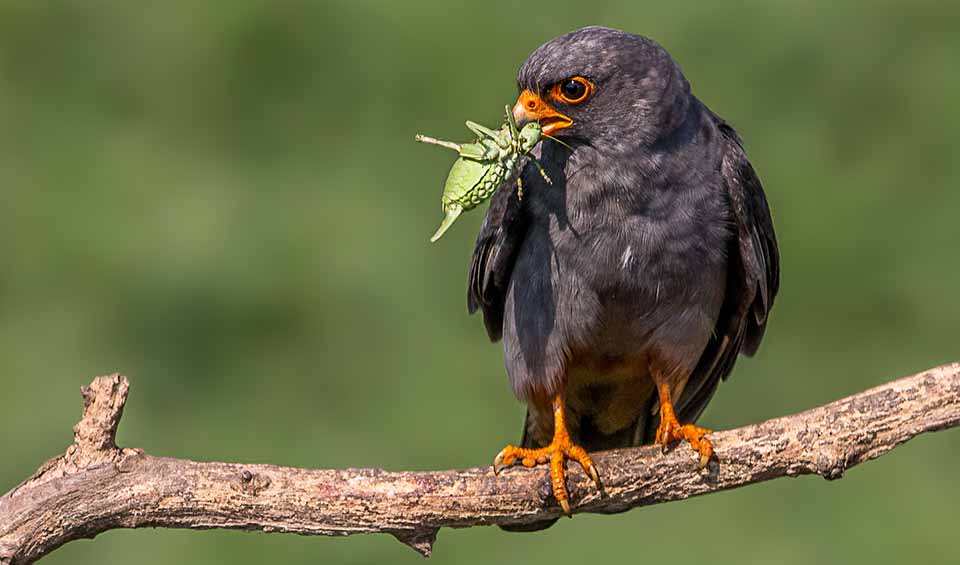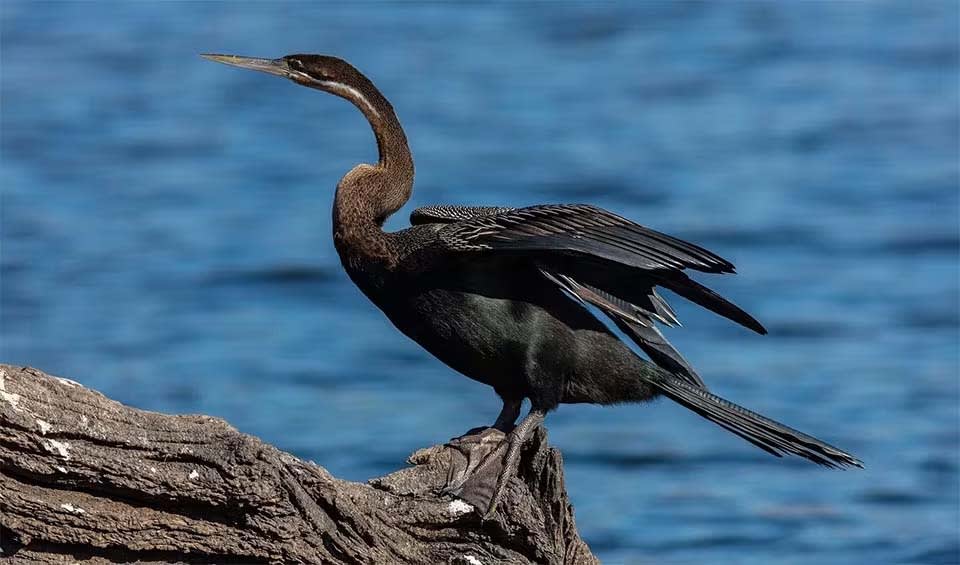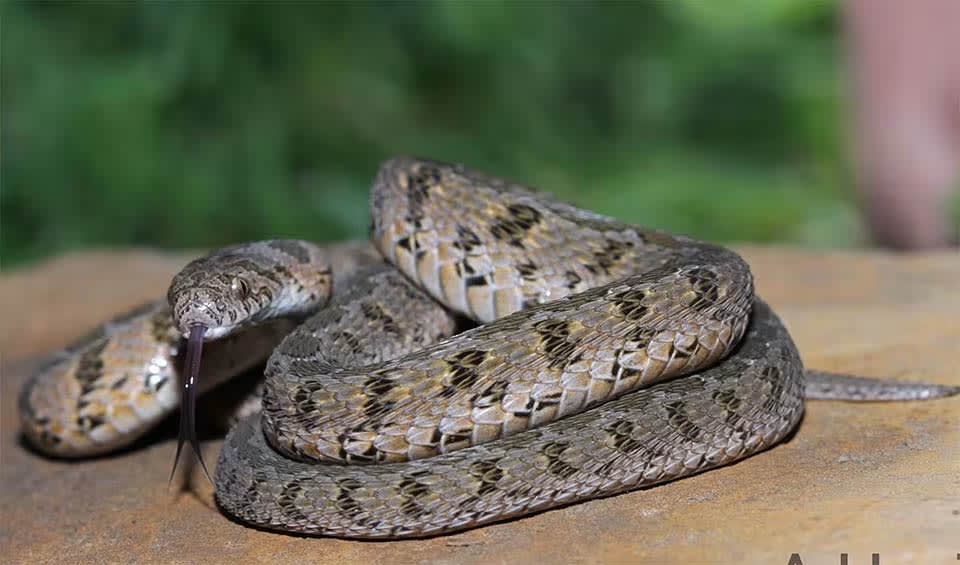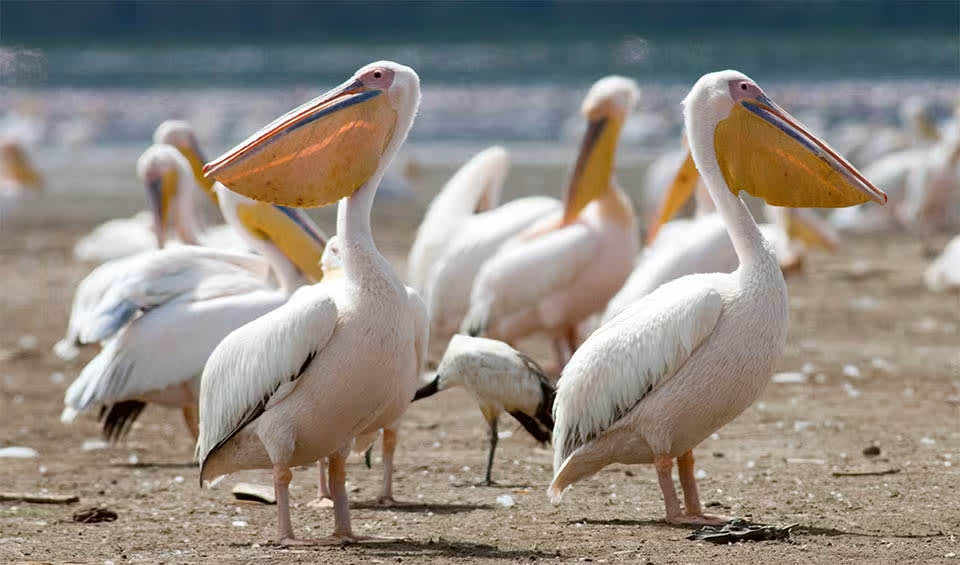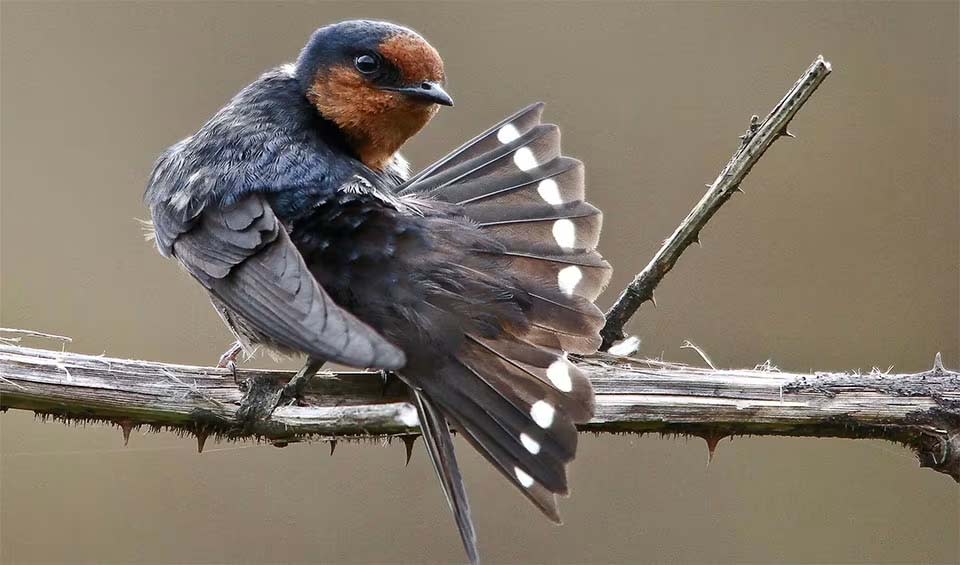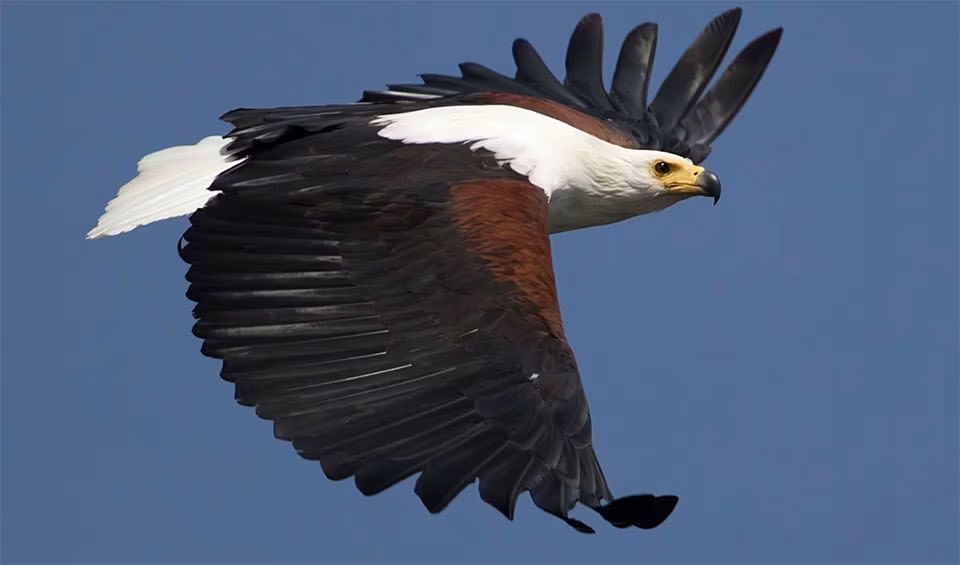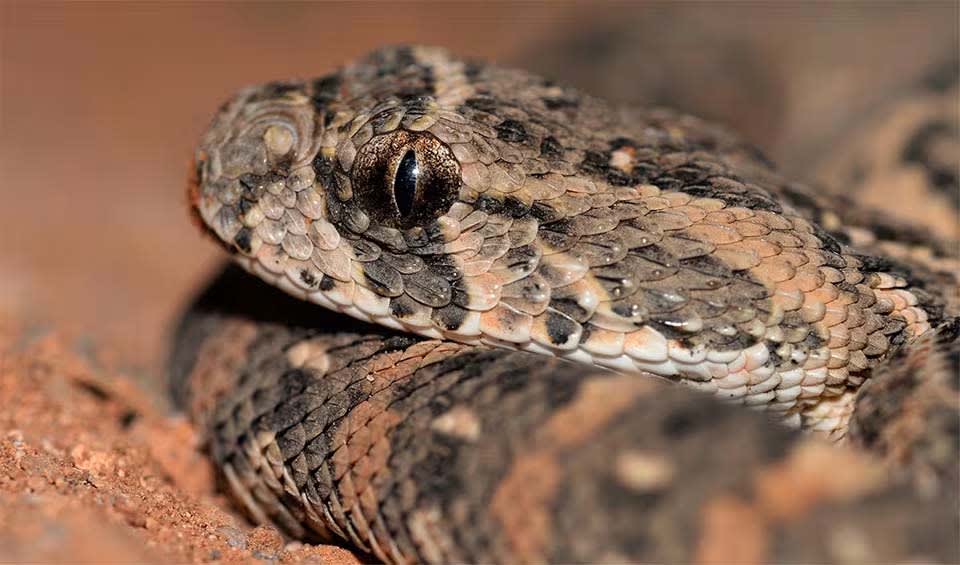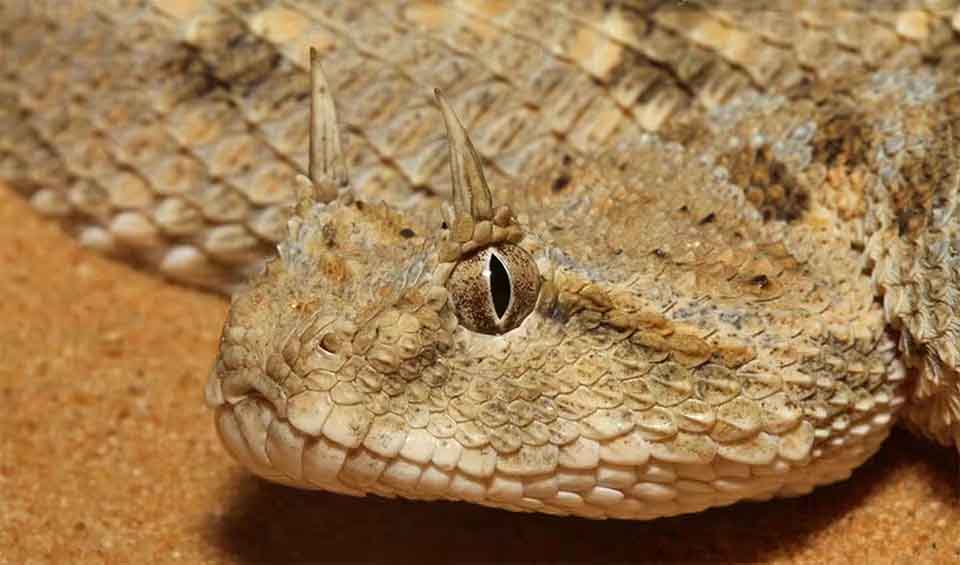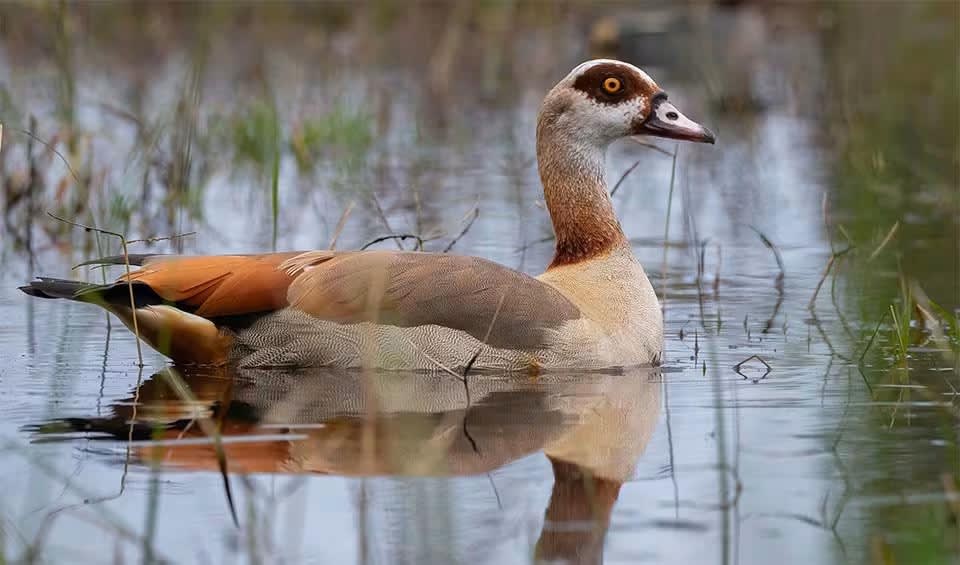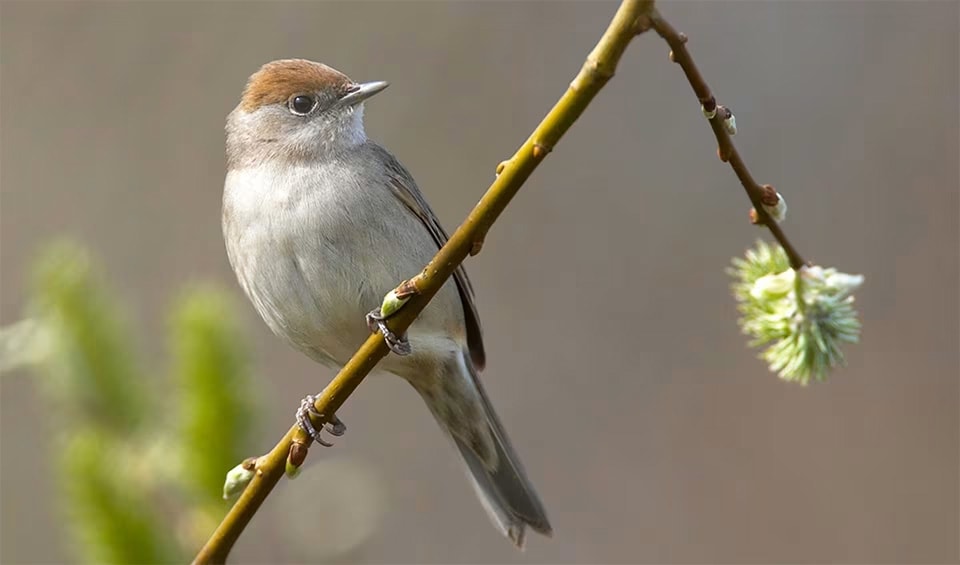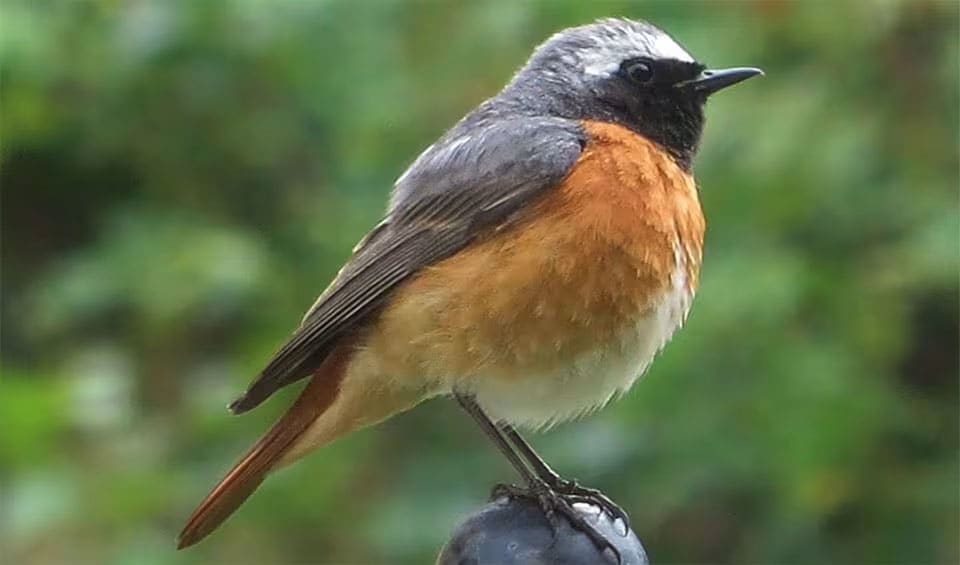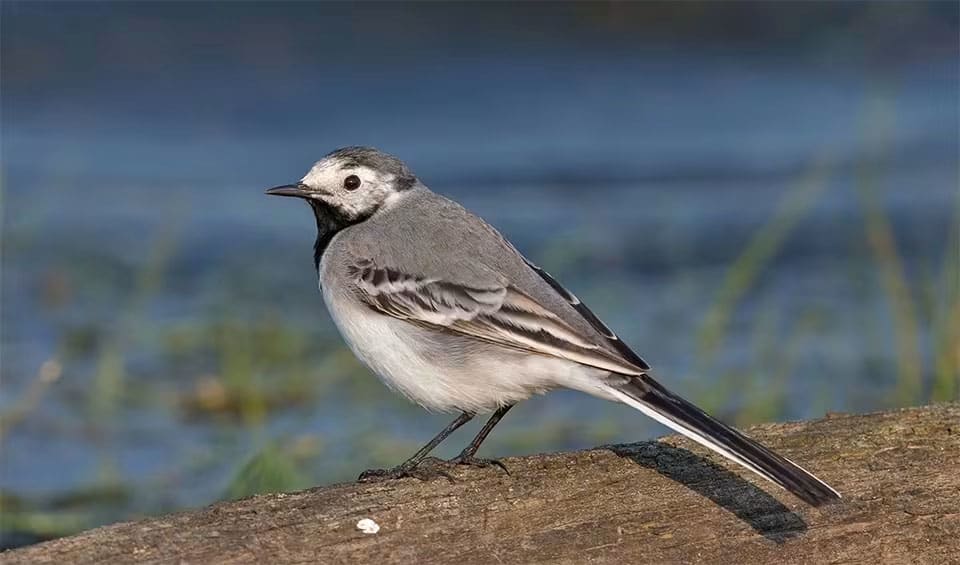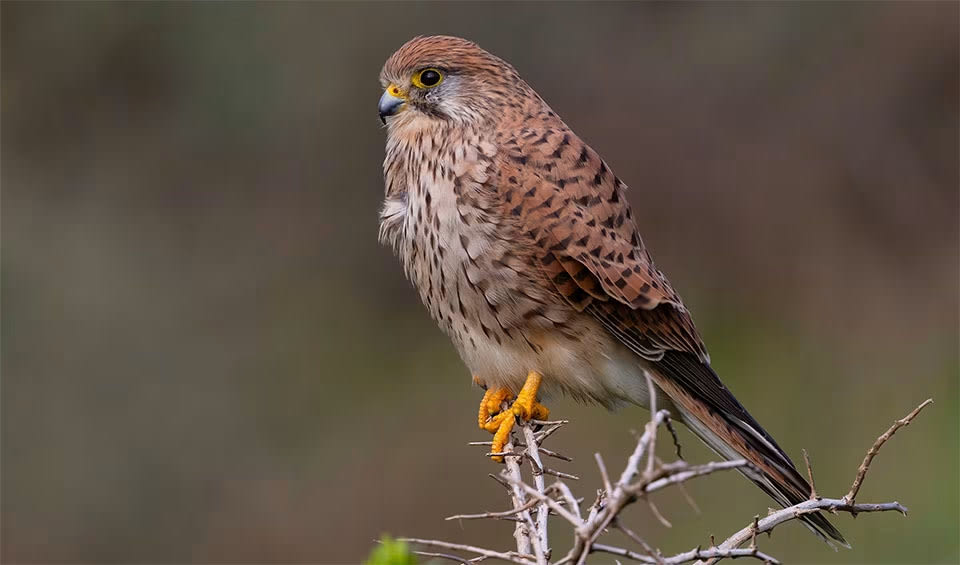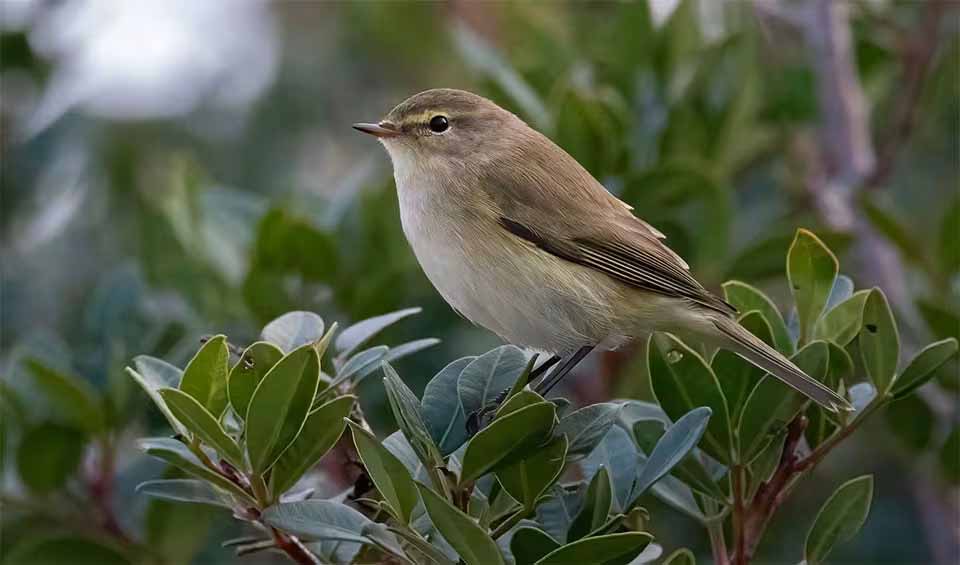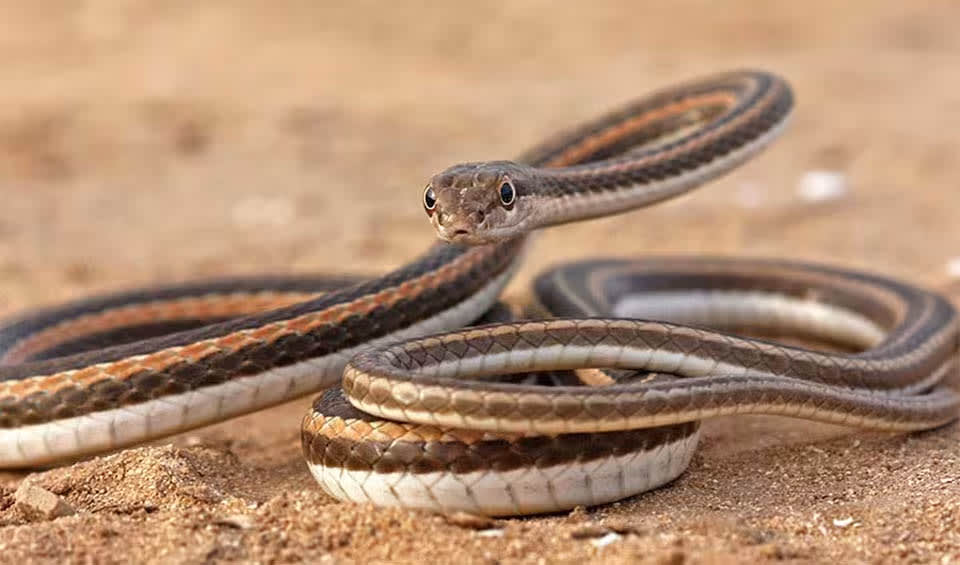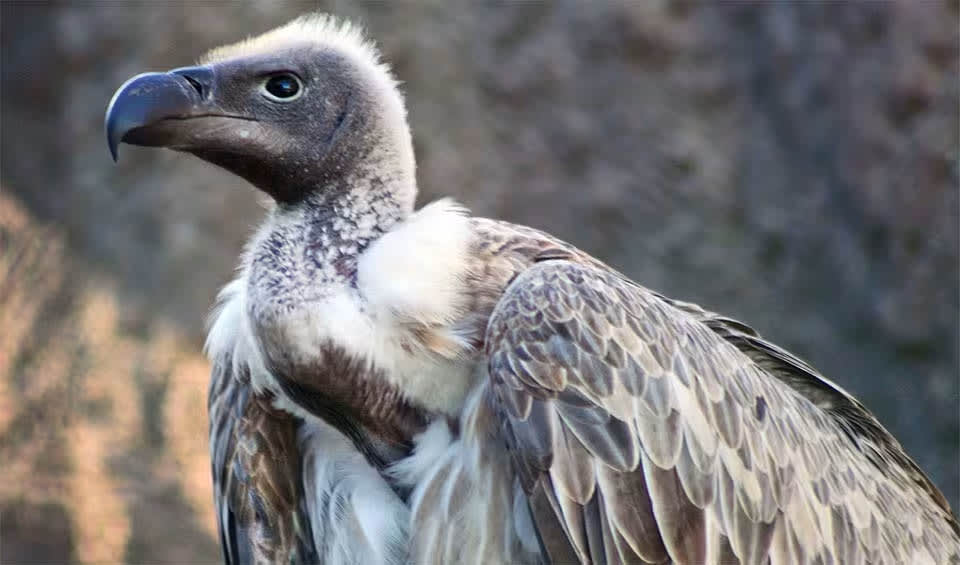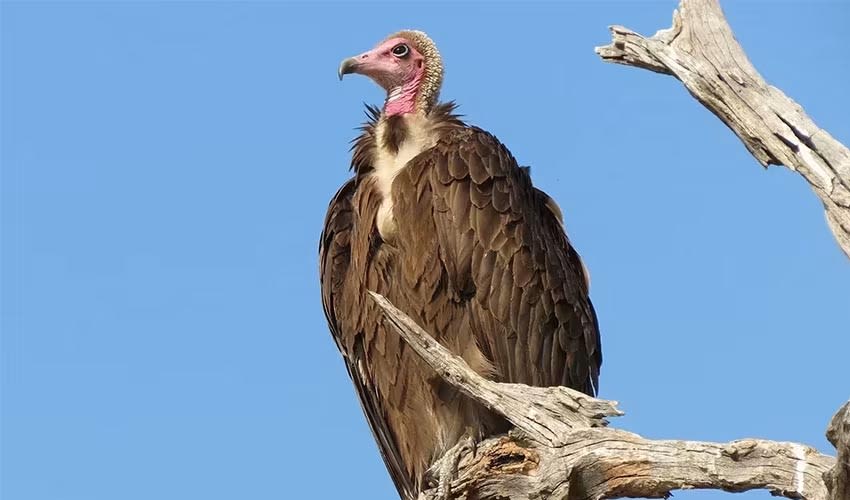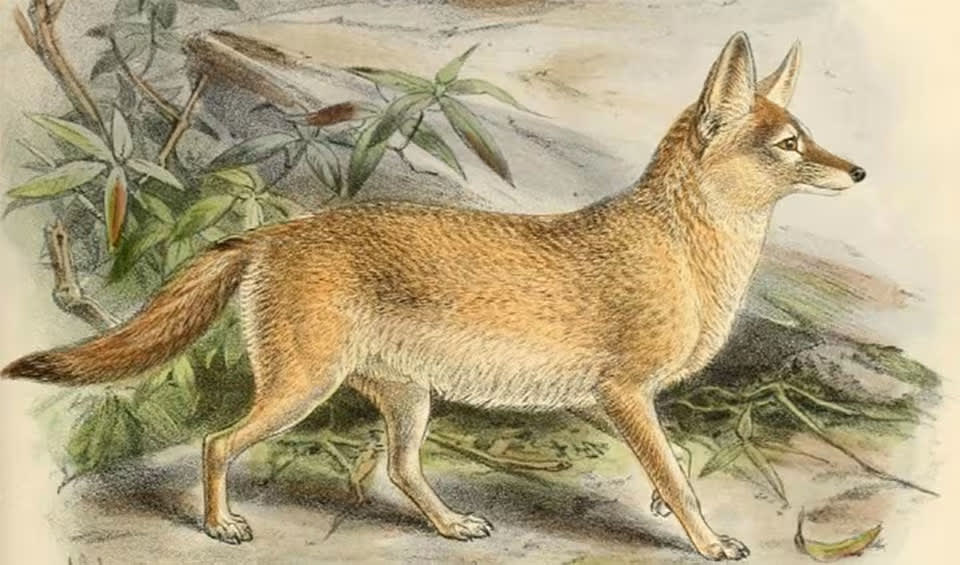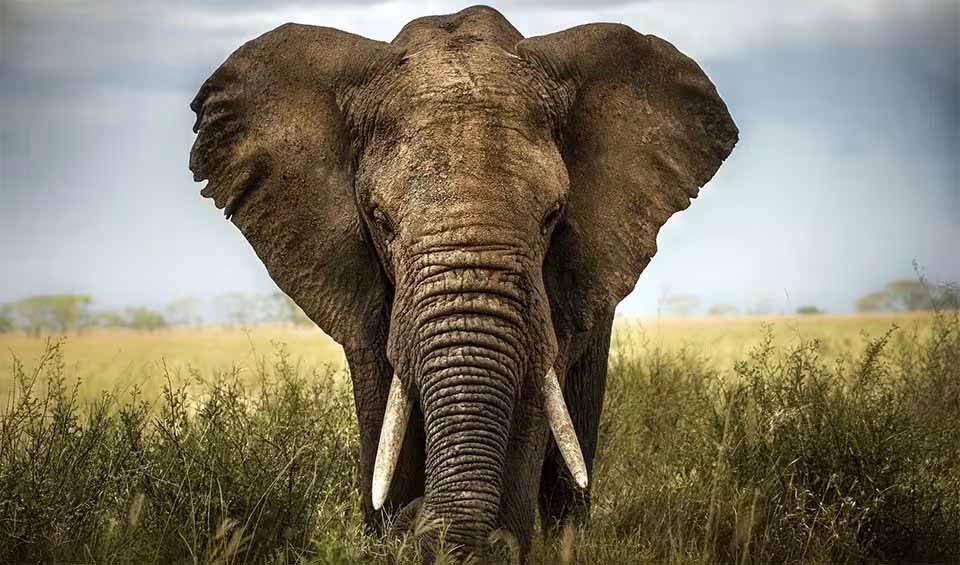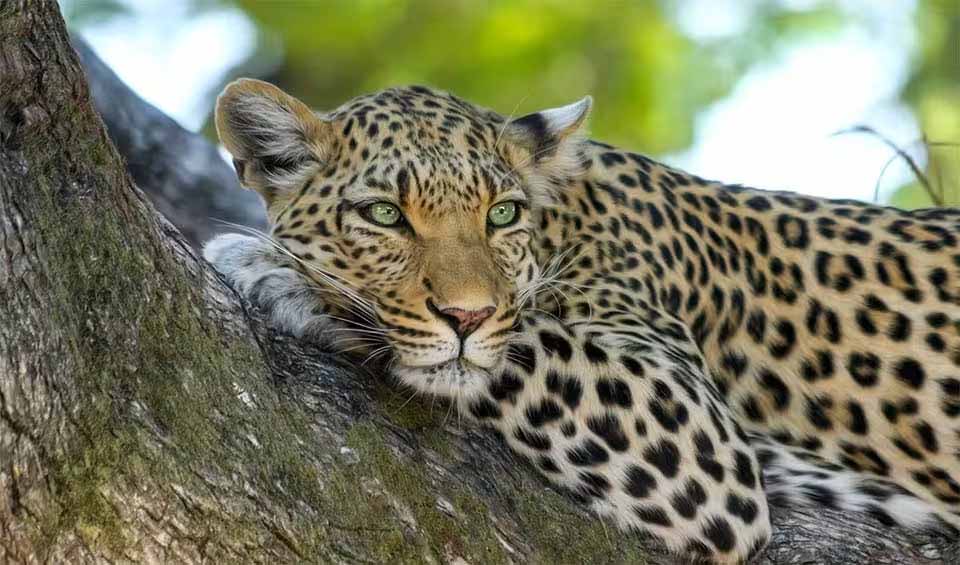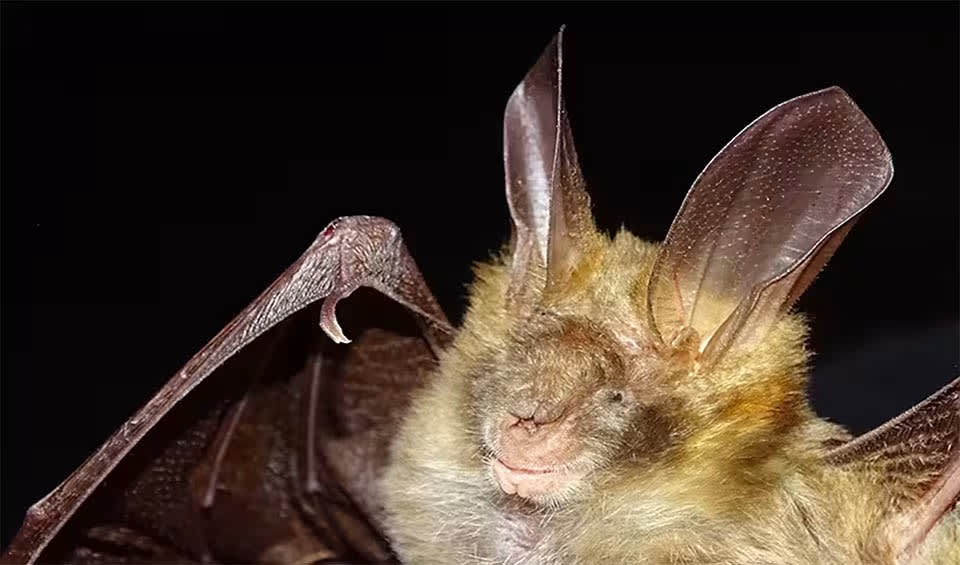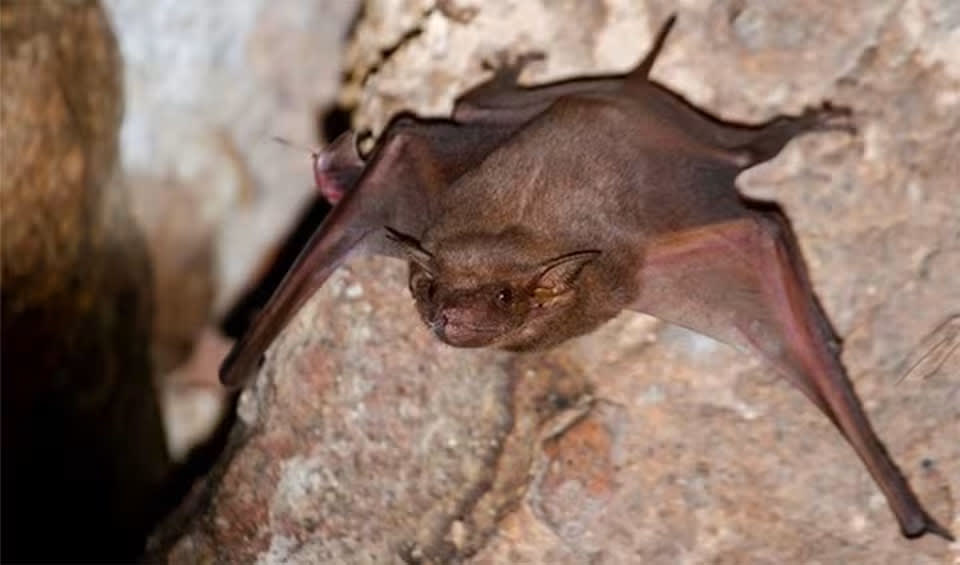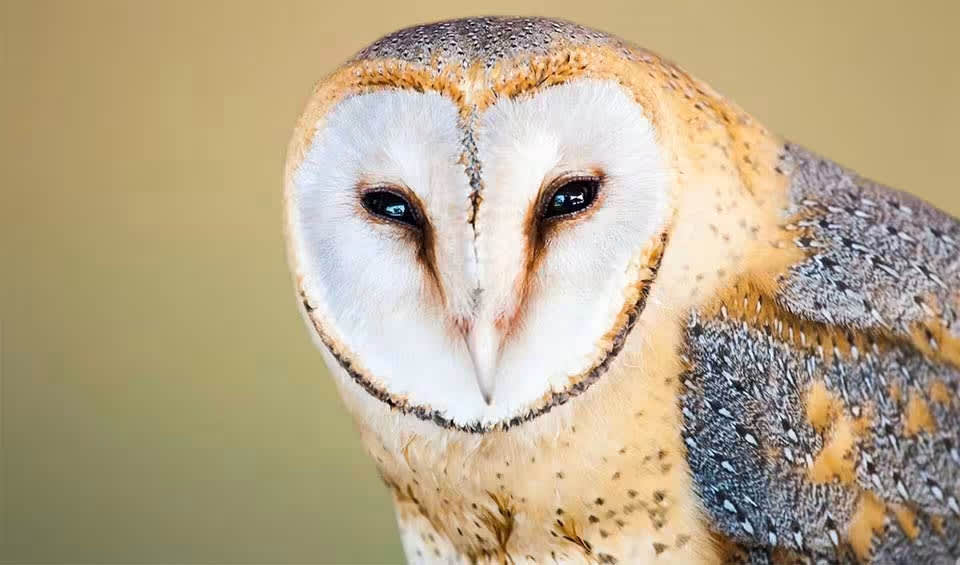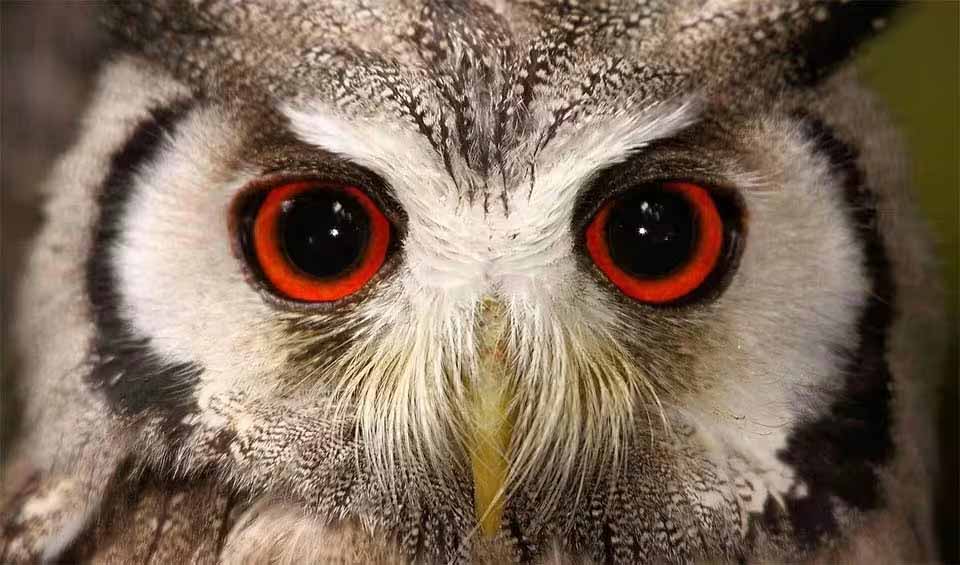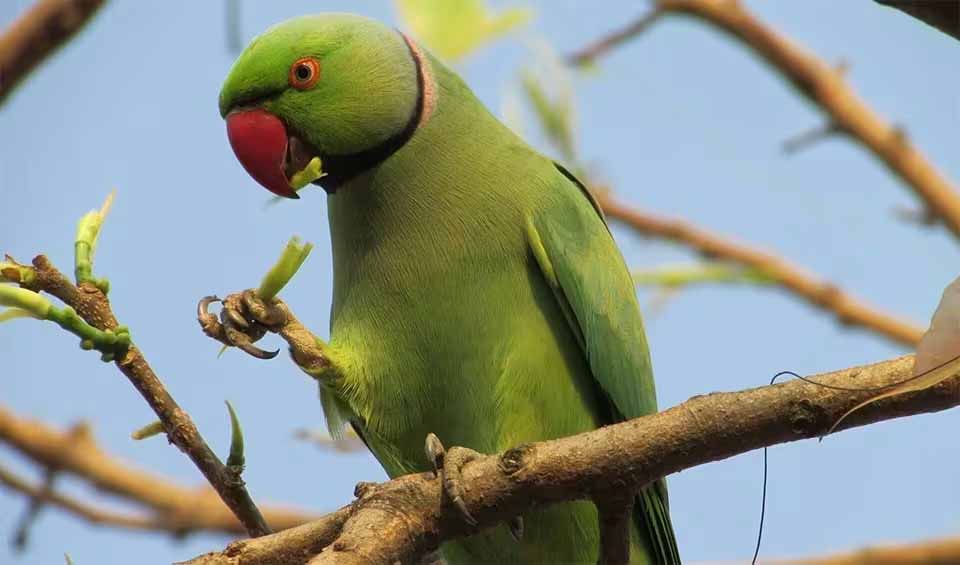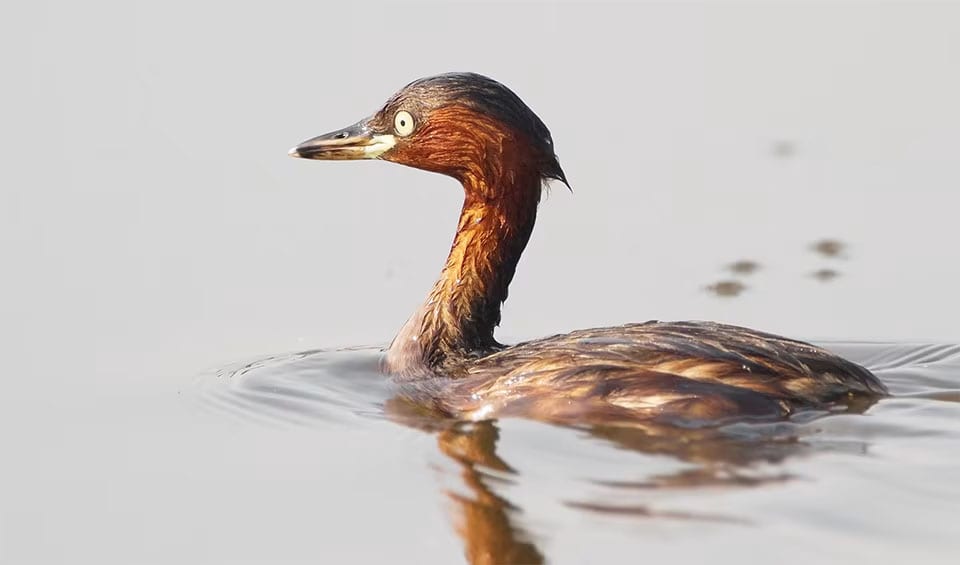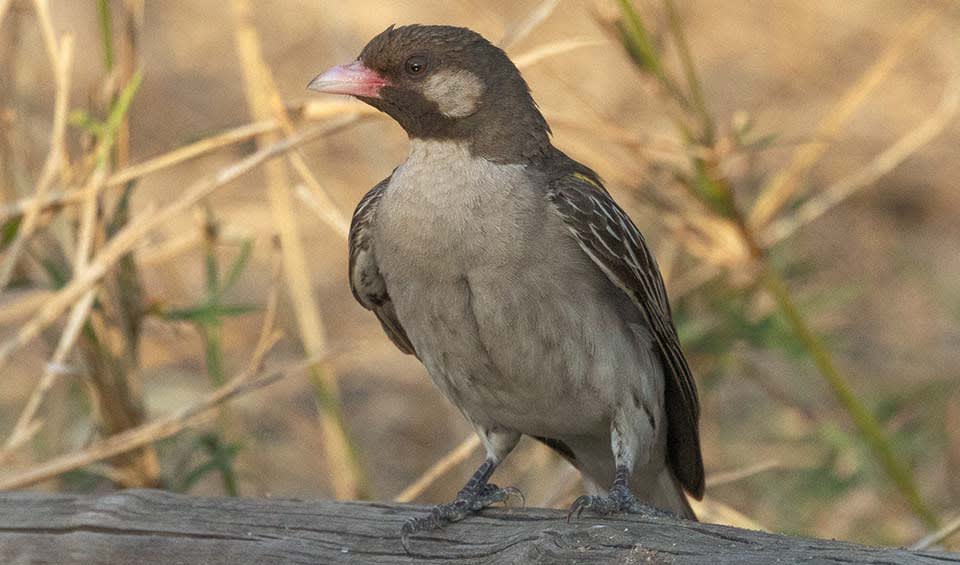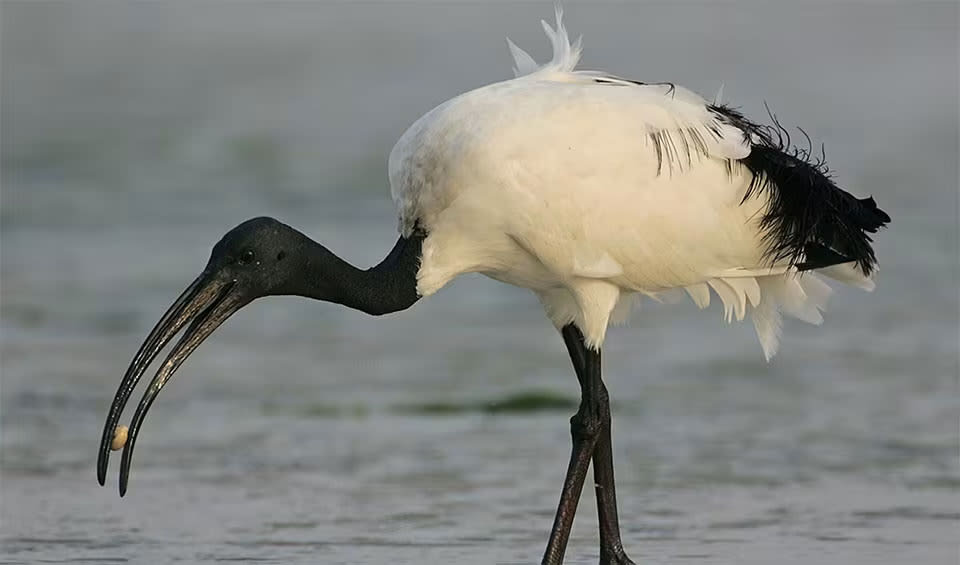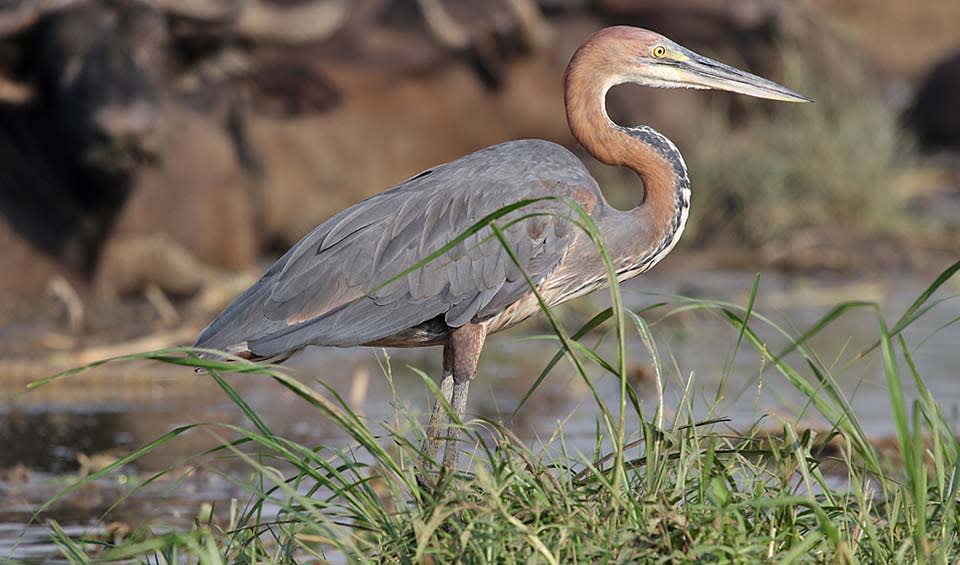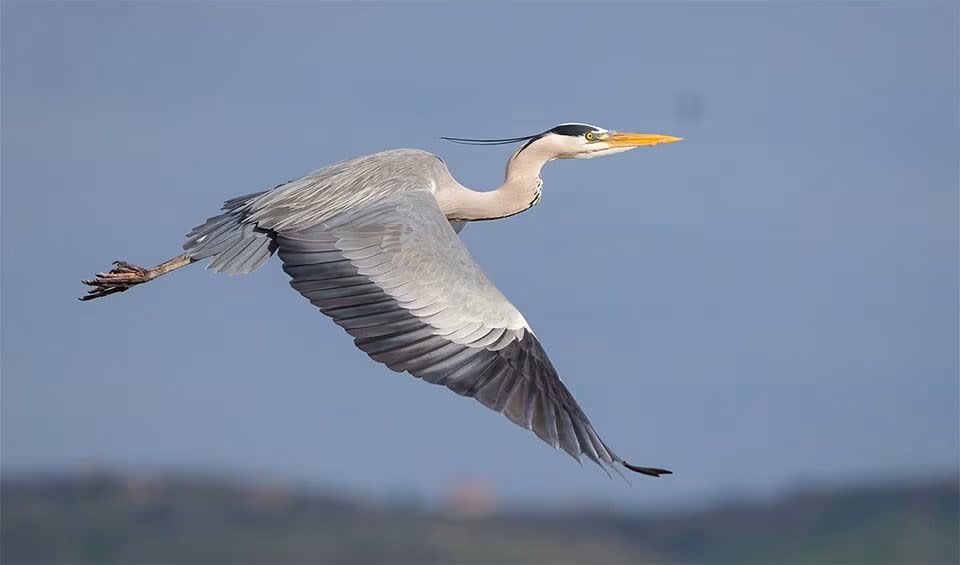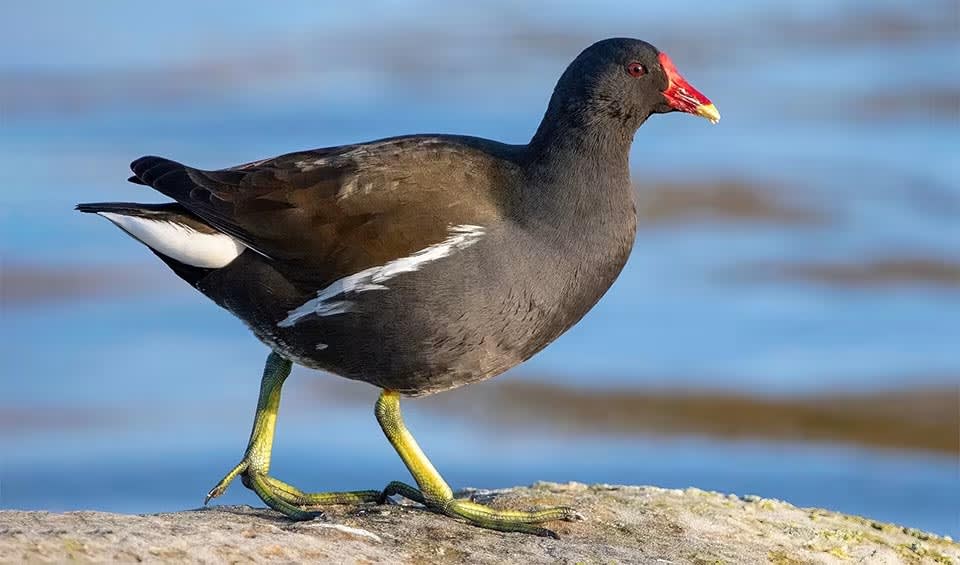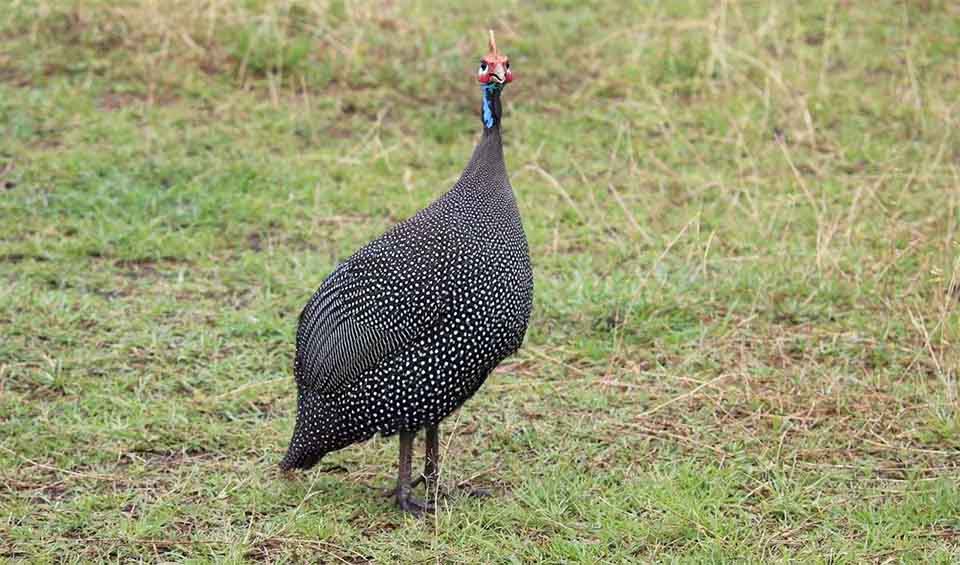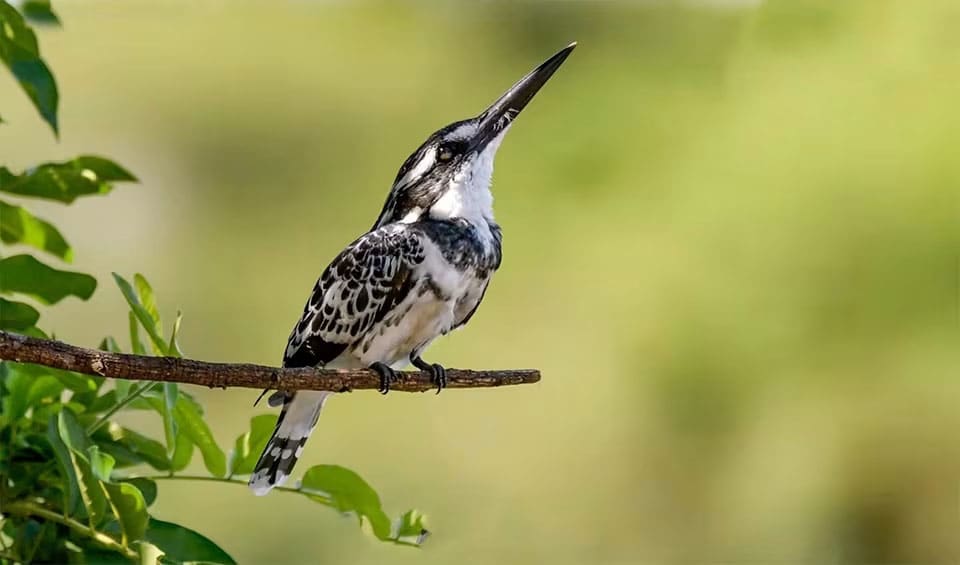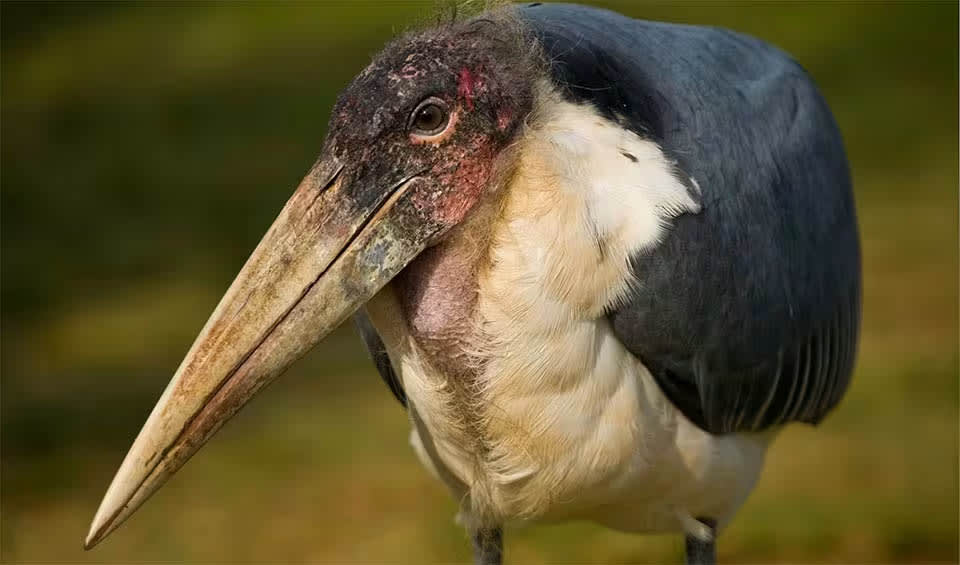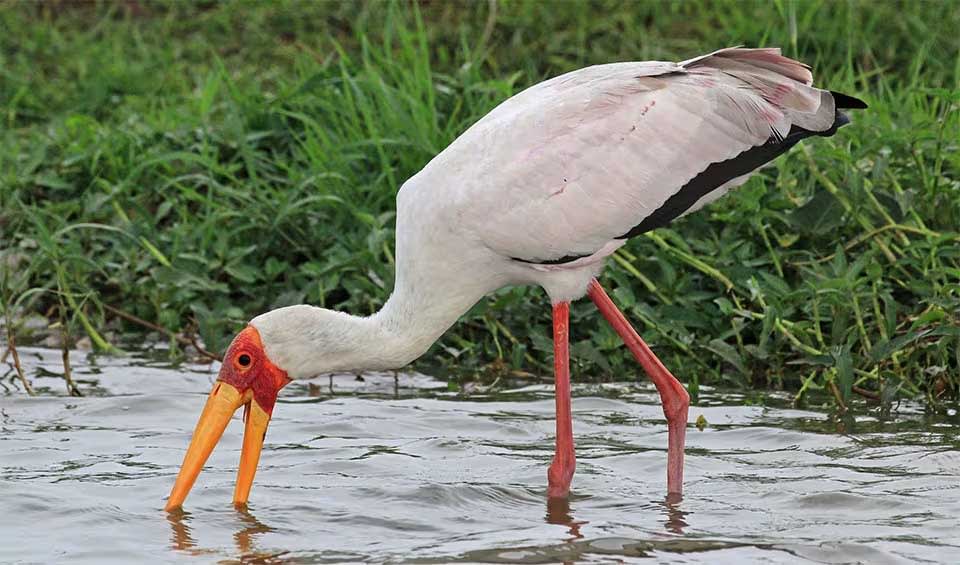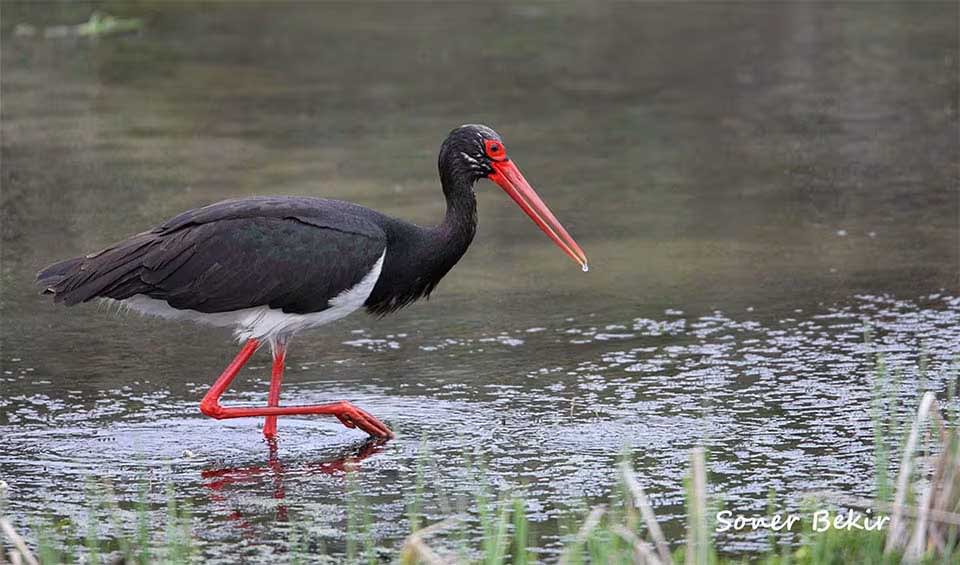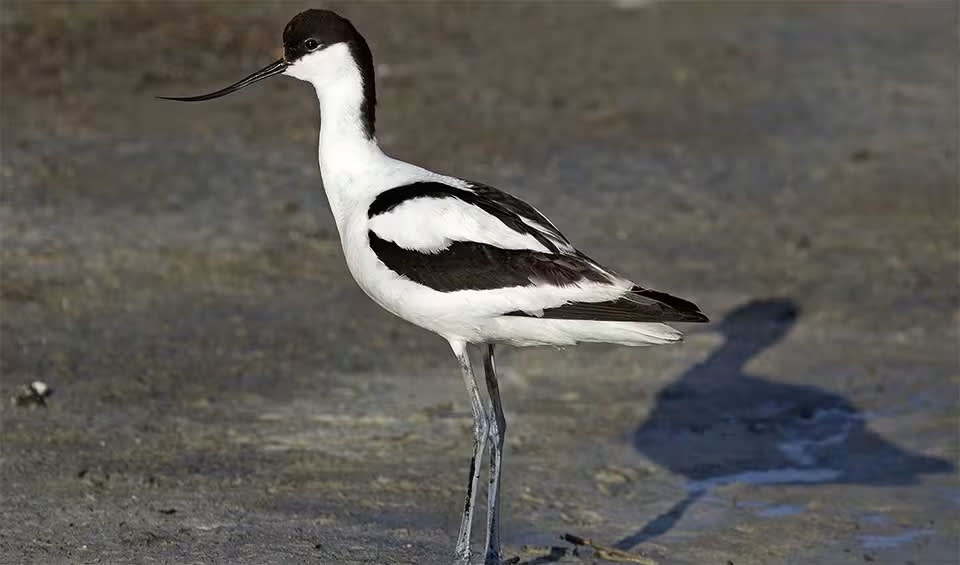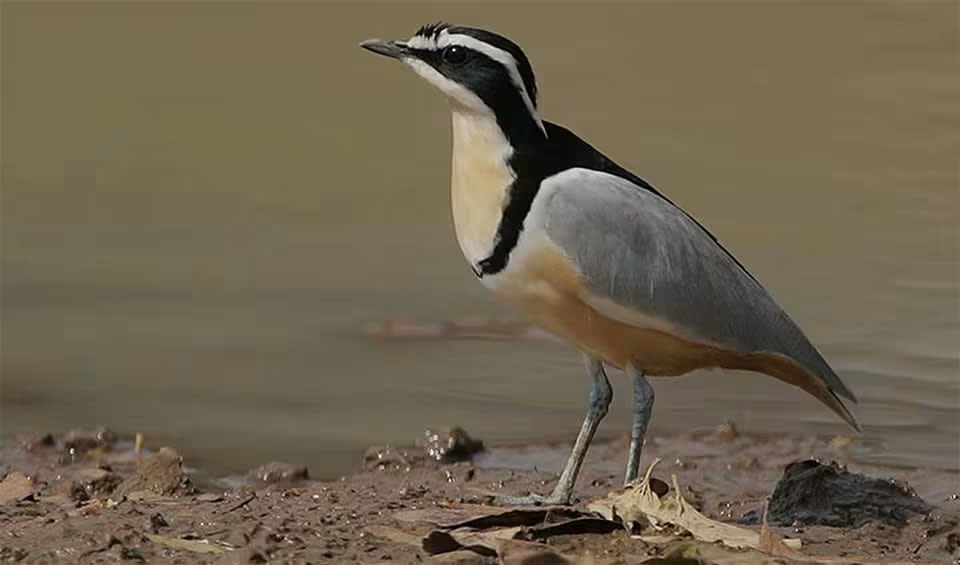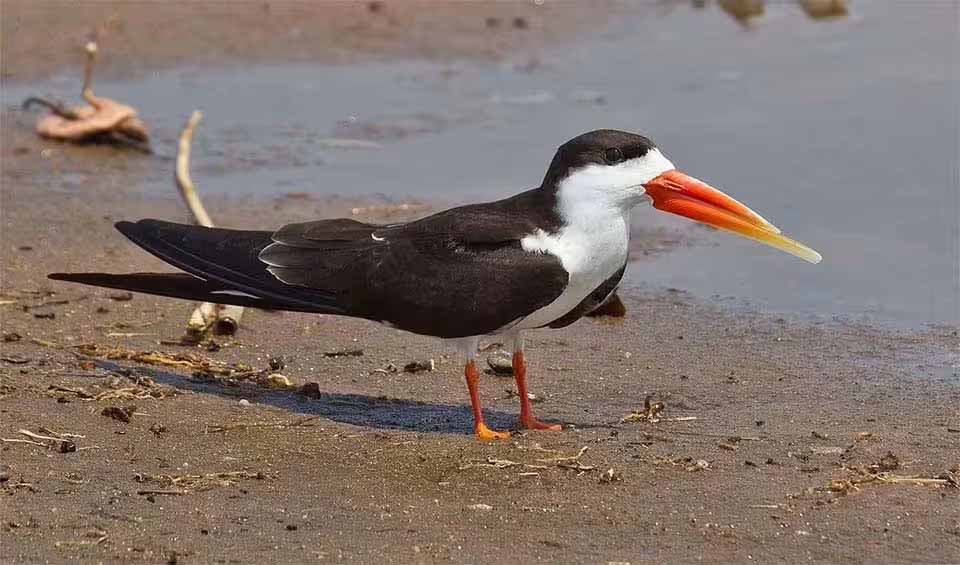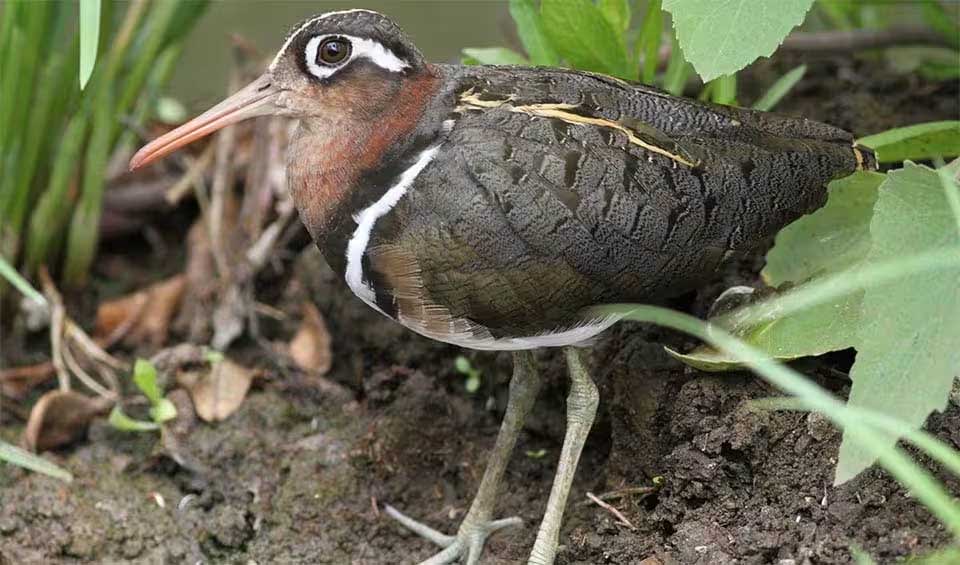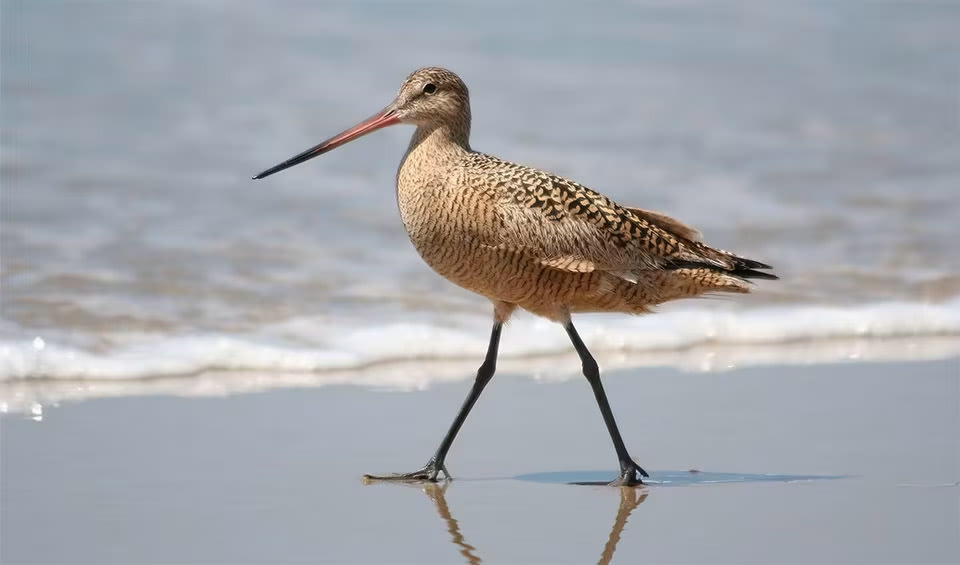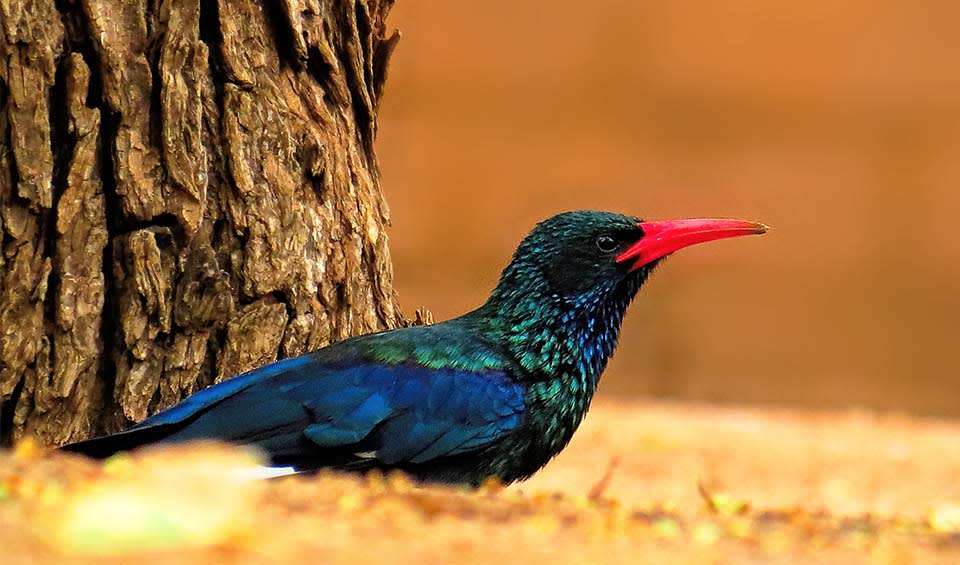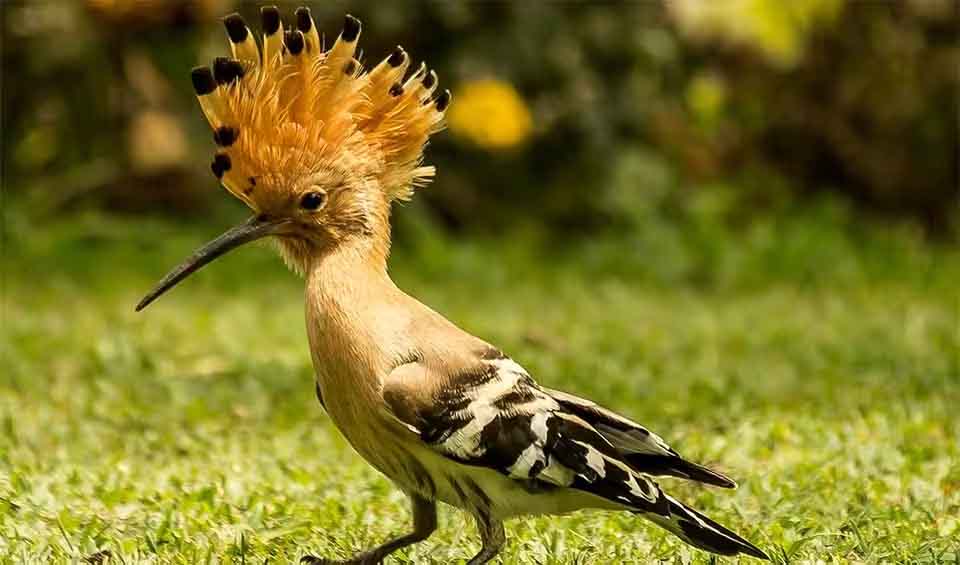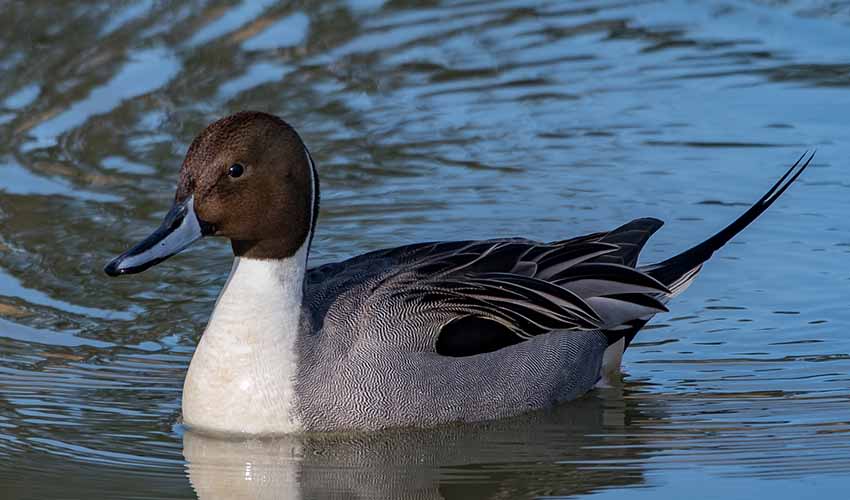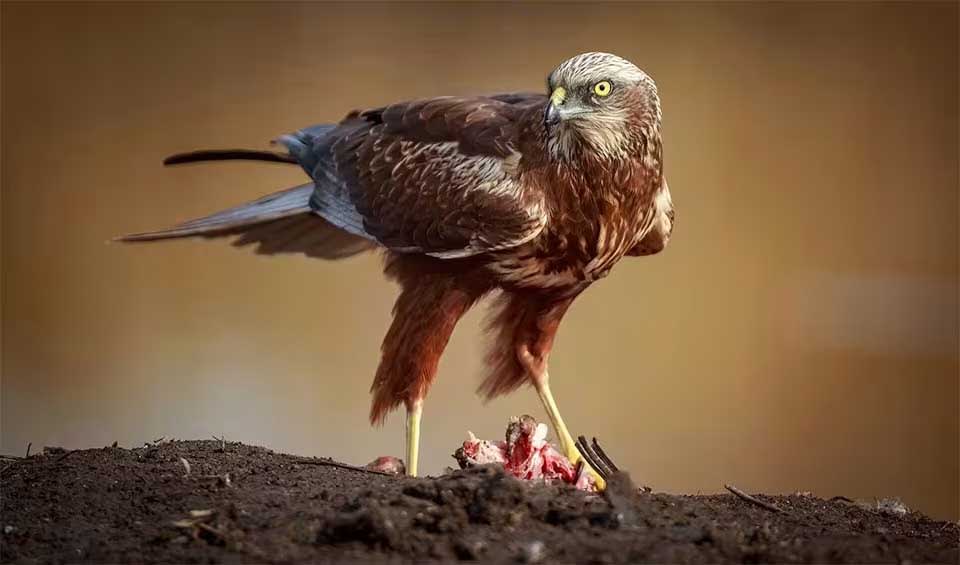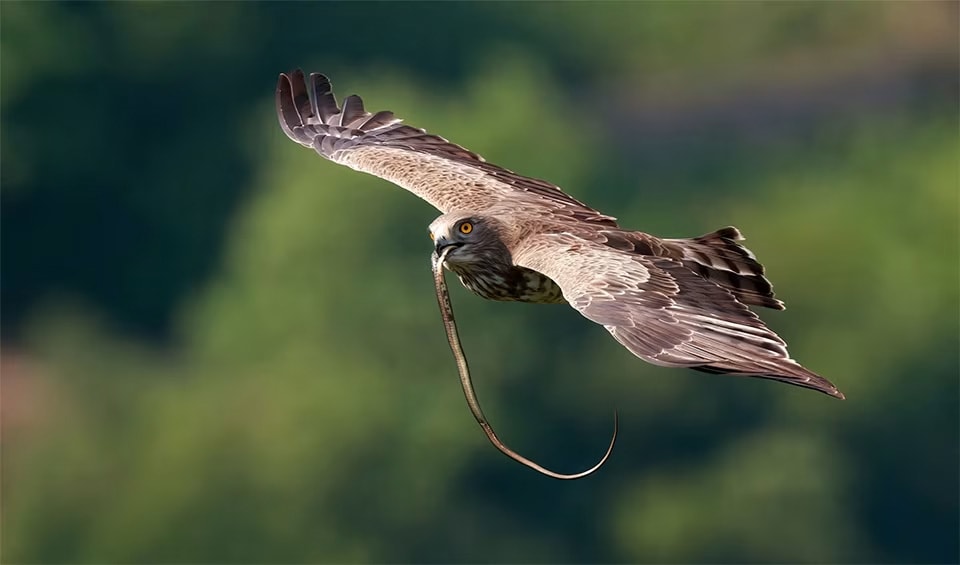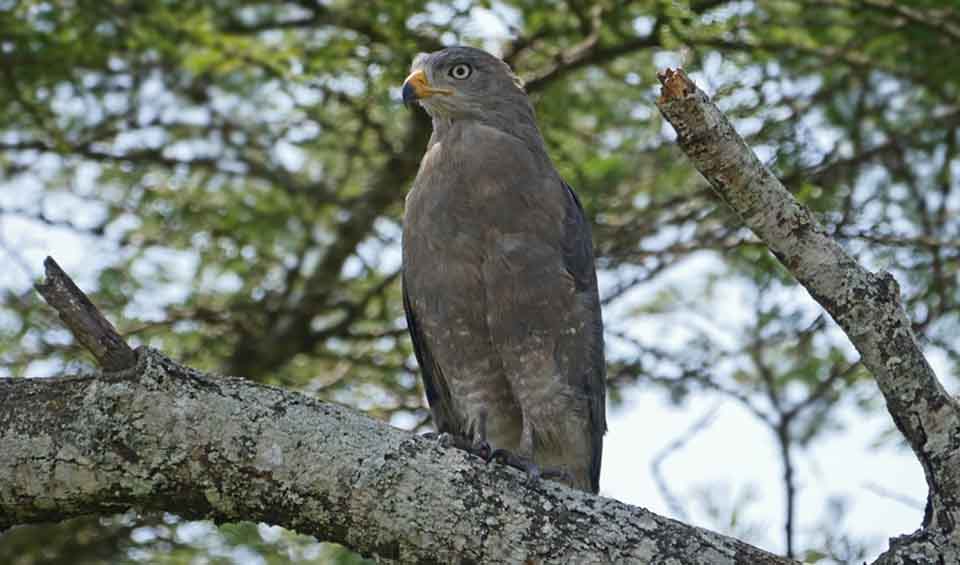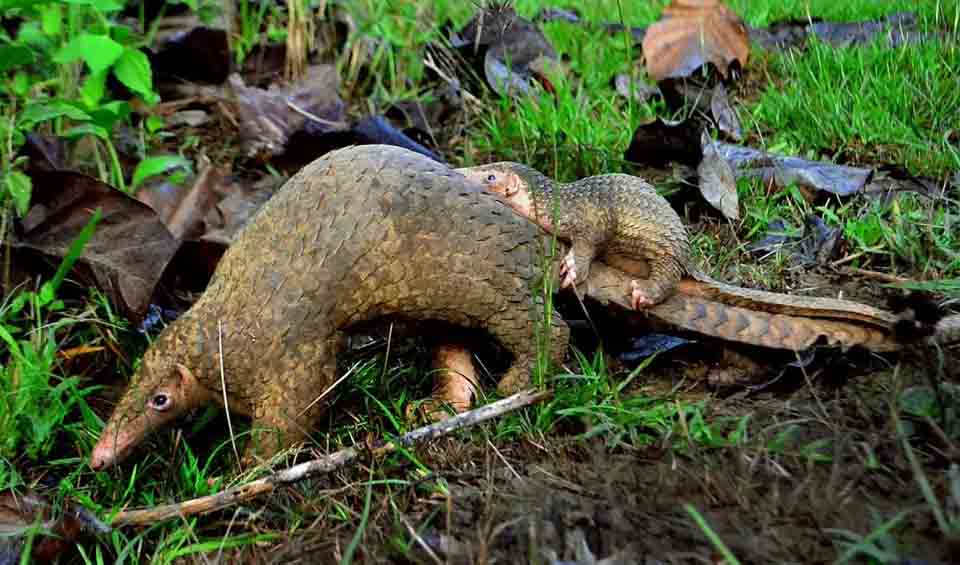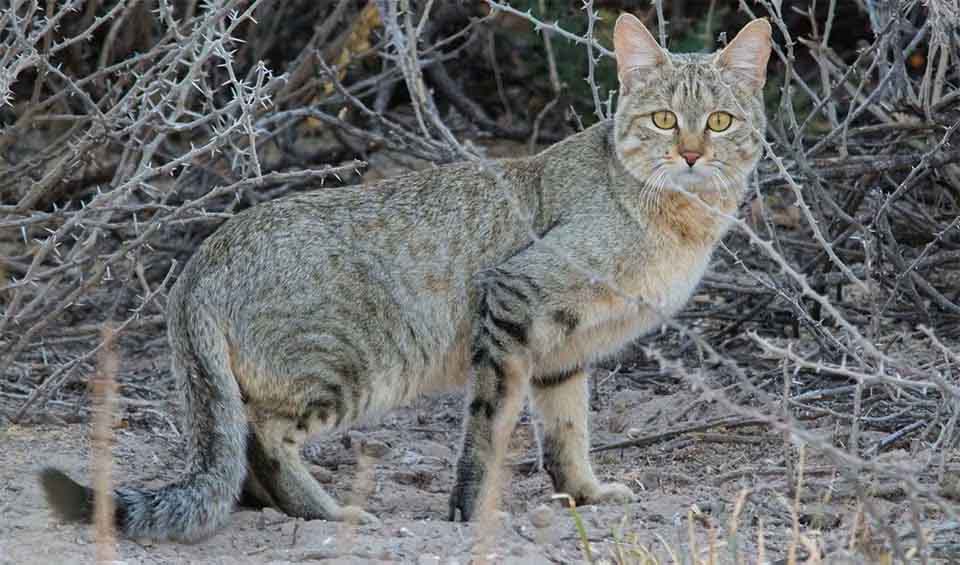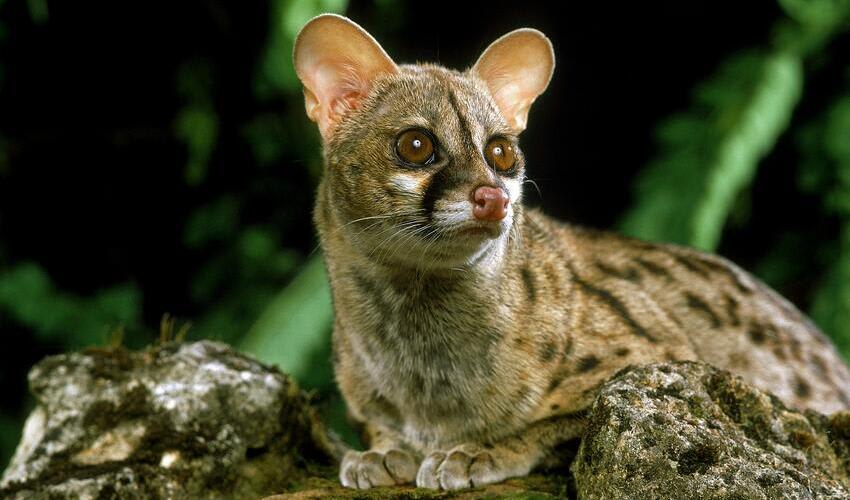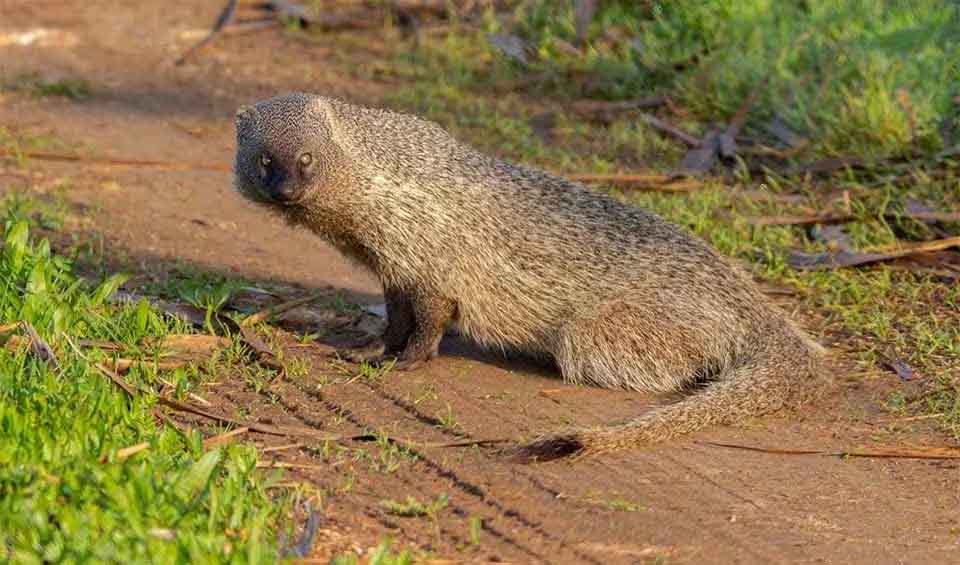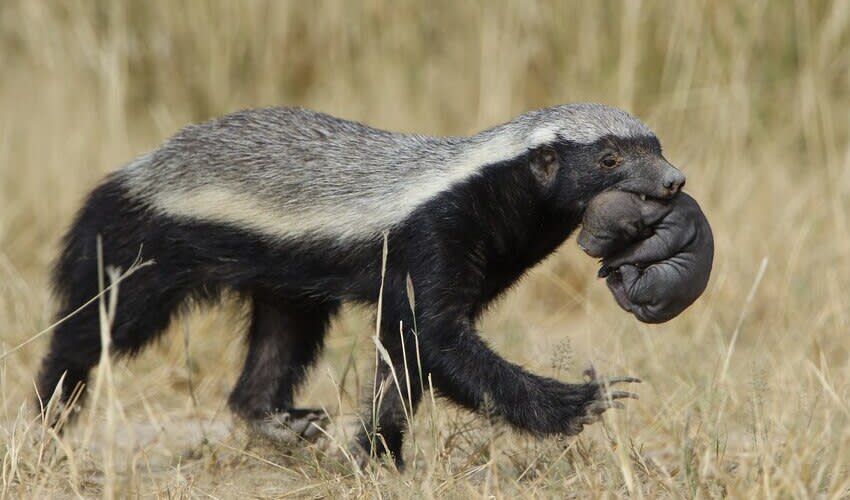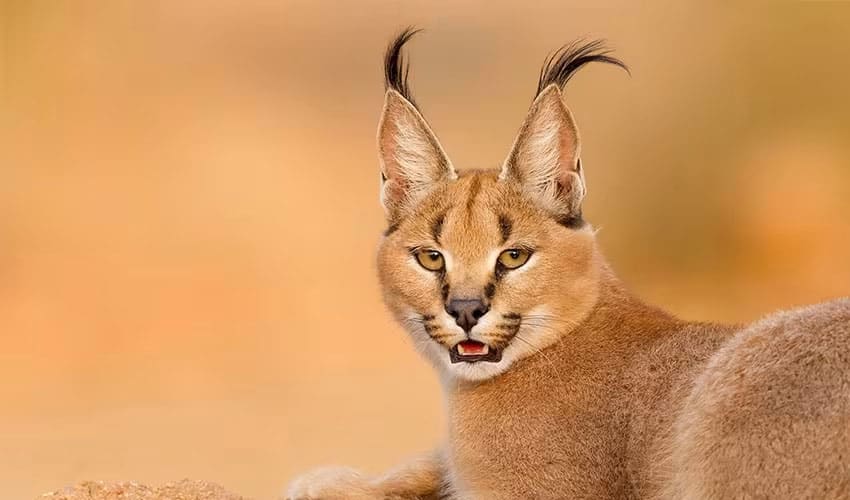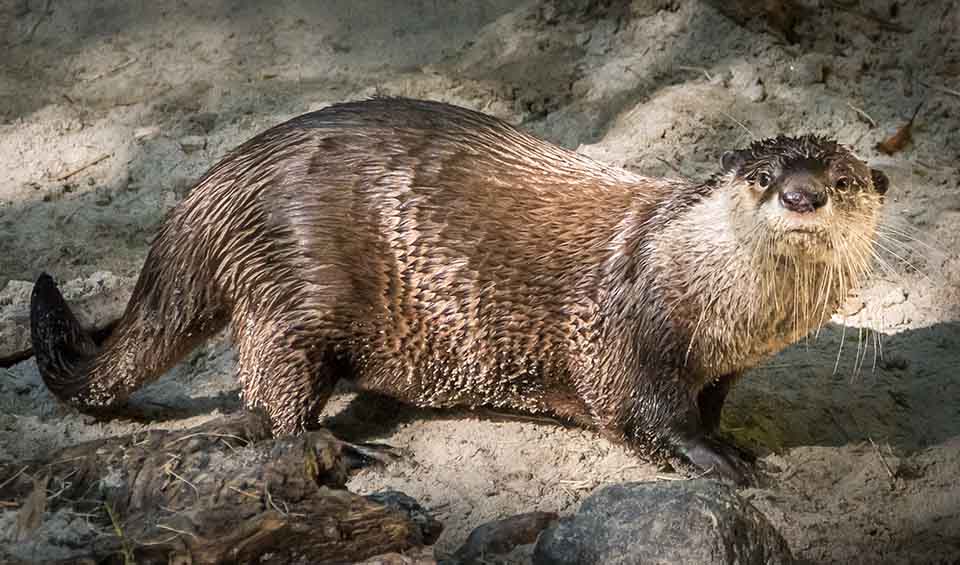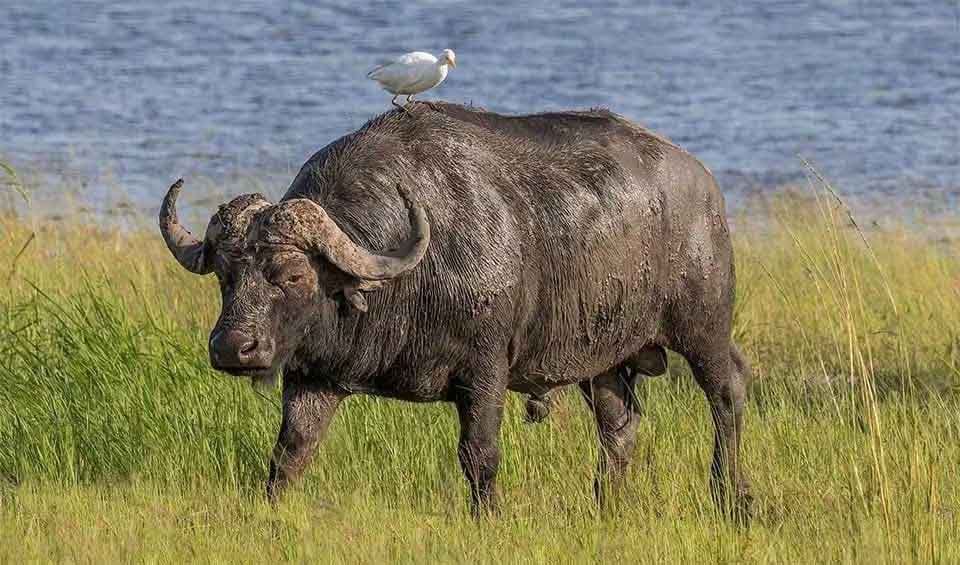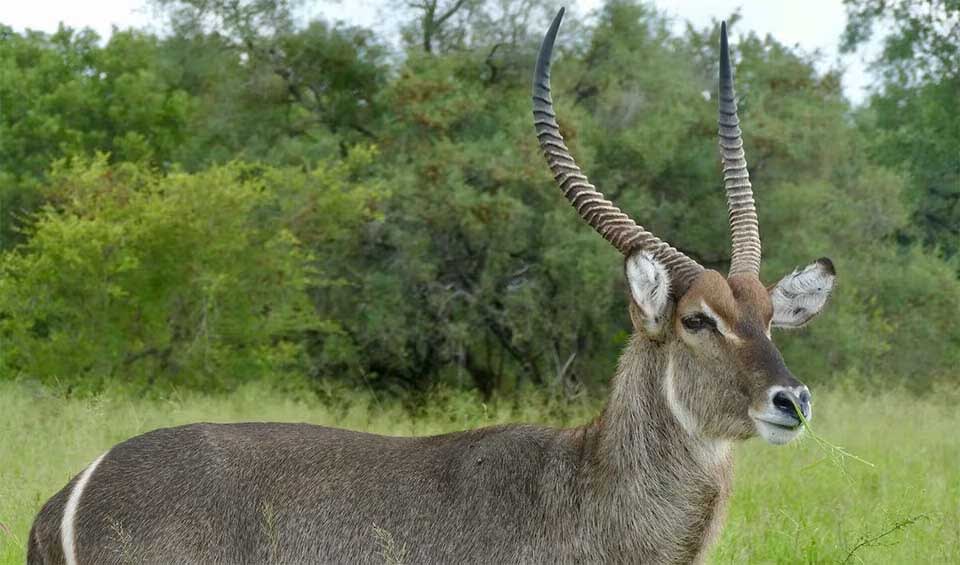Search for Chad
Mauritian tomb bat
Has one of the most striking appearances of any African bat
Nubian flapshell turtle
Sometimes called the “ghost turtle” because of how rarely it’s seen
Long-eared owl
Its flight is nearly soundless, thanks to specially fringed wing feathers that disrupt air turbulence
Short-eared owl
Defies the usual “creature of the night” stereotype by thriving in open landscapes and often hunting boldly in daylight
Bat hawk
A sleek, fast-flying raptor that has mastered the art of hunting bats in midair
Bohor reedbuck
Poor jumpers—instead, they rely on speed and tall grass cover for safety
Spotted-necked otter
Can even pursue fish in tight underwater spirals, twisting and turning with remarkable precision
African savanna hare
A clever, athletic survivor, perfectly adapted to Africa’s open landscapes
Lesser mouse-tailed bat
A tiny desert survivor, with a rodent-like tail
Barbary sheep
Remarkably athletic jumpers, able to leap nearly 2 meters (6 feet) straight up when startled
Sand martin
A bird that carries the rhythms of the seasons on its wings
Booted eagle
Despite its small frame, this eagle can take prey almost as large as itself
Pallid harrier
Local birdwatchers sometimes call it the “silver ghost of the grasslands”
Laughing dove
One of the most charming doves you’re likely to encounter
Natal dwarf puddle frog
Nicknamed “the quacking frog”, since it really does sound a bit like a tiny duck
Ruff
Looks ordinary—but transforms into one of the most extravagant birds during breeding season
Desert hedgehog
Surprisingly dainty, weighing less than a can of soda
African common toad
One of the most widespread and adaptable amphibians across sub-Saharan Africa
Rüppells vulture
Once found flying 11,300 meters (37,100 ft) high, sadly, this was more of an accident than a discovery
Reed cormorant
Despite its short stature, it’s a strong and fast flier
Common agama
Known for their vibrant colors, which can change rapidly in response to their environment, mood, or social interactions
Long-crested eagle
Got a long, floppy crest of black feathers sticking up from the back of its head like a windblown mohawk
Palm-nut vulture
Carrion? Nah, I prefer coconuts
Abyssinian ground hornbill
Prefers to walk the Earth like a feathered tank, only flying when necessary — wings are for backup, not daily use
Common duiker
And they live up to the name — these little antelopes are known for diving headfirst into thickets when spooked
African green pigeon
Despite being brightly colored, they’re hard to spot — they sit quietly in treetops, perfectly camouflaged among leaves
African harrier-hawk
Has double-jointed ankles that let it bend its legs backward, forward, and sideways
Graceful chameleon
Its eyes can rotate nearly 180 degrees—no sneaking up on this lizard!
African grass rat
They don’t live alone—colonies can have multiple burrows connected like a mini rodent village
Black crake
They’re always close to the reeds, but just bold enough to be seen
Martial eagle
One of Africa’s largest and most powerful birds of prey—a true apex predator of the skies
Knob-billed duck
Males sport a big, bumpy black “knob” on top of their bill — like a bird-sized bike helmet
Ruddy turnstone
They flip the script — literally!
European turtle dove
The only long-distance migratory dove in Europe
African paradise flycatcher
Its call—a soft, sweet “chee-chee” or chattering trill—can often be heard before the bird itself is seen
Red-lipped snake
Mildly venomous and completely harmless to humans
Western beaked snake
Looks more like a shiny pink or brown cord than a predator
Egyptian cobra
The pharaoh’s bodyguard
Common slender mongoose
Can take on a cobra with nothing but speed and confidence
African grey hornbill
One of the more subtly beautiful members of the hornbill family
Long-tailed paradise whydah
It’s not just color — the entire body shape of males changes between seasons
Giant kingfisher
Africa’s largest and most powerful kingfisher
Hadada ibis
Natural alarm clocks in African cities — whether you want them or not!
Grey-headed kingfisher
Despite the name, it rarely goes fishing!
Roan antelope
One of Africa’s most majestic and powerful antelopes, known for its robust build and horse-like stature
Black-crowned night heron
One of the most widespread and adaptable herons in the world
Steppe eagle
The treasured bird of Saladin, the first Sultan of Egypt
African softshell turtle
Instead of a bony shell, it has a flat, leathery covering that helps it glide smoothly through the water
Scimitar oryx
Named after the long, curved shape of its horns — which resemble a scimitar sword
White-tailed mongoose
One of its favorite snacks? Beetles and other crunchy bugs!
Yellow-billed oxpecker
One of the few birds that feeds partly on blood—not in a harmful way
Cape bushbuck
Females hide their young and eat the feces after nursing them, so no trail of their scents remains to entice predators
Common ringed plover
This bird taps its feet to imitate rain to make the prey reach the surface
Forbes’s plover
Sometimes called the “dry country plover” because of its preference for inland habitats, unlike its more coastal relatives
African jacana
Chicks are skilled swimmers and divers, able to paddle through the water just hours after hatching
Saker falcon
Their keen vision enables them to scan vast landscapes, identifying small movements or potential prey items even from high altitudes
Red-footed falcon
Their favorite snack? Large insects like locusts and dragonflies
Cape hare
Has large eyes that could cover a field of 360o to survey their surroundings before they take a nap
African darter
African darters or ‘snakebirds’ are expert underwater fishermen equipped with stealth, diving skills, and a spear-like bill
Little tern
Renowned for their spectacular aerial displays during courtship, including steep dives and intricate flight patterns
Northern giraffe
Most endangered giraffe species is witnessing silent extinction
European roller
Loves trees! Only member of its family breeding in Europe
Ball python
True to their name, they transform into protective balls when threatened, tucking their heads in for ultimate defense
Central African rock python
Its sheer size and presence make it a dominant predator wherever it is found
Lesser black-backed gull
A common sight in coastal regions throughout the Northern Hemisphere
Rhim gazelle
Master of conserving energy; it will rest in the shade to avoid wasting energy and overheating
Common egg eater
Has the incredible ability to swallow eggs that are much larger than its own head
White-faced whistling duck
Loud birds with a distinct three-note whistling sound
Bateleur
One of the easiest birds of prey to identify from a distance
Red-rumped swallow
Amazing flyers — they can even drink water while they’re flying!
Common pochard
Can dive down to the bottom of a lake and rest there, safe from predators!
Eurasian skylark
They might not look like much, but they have an incredible talent: singing!
European pied flycatcher
Males are particularly eye-catching with their black and white plumage, looking like they’re wearing a little tuxedo
Great white pelican
Underneath this colorful beak, there’s a hidden surprise – a built-in net for scooping up a delicious lunch!
Pink-backed pelican
Mostly pale grey or white, but when the light hits just right, you’ll see a rosy-pink blush across their back and wings
Barn swallow
Most common and widely distributed swallow globally
Demoiselle crane
The smallest of all the crane species and is known for its elegance and grace
Common nightingale
Often called the “singer of the night,” it produces a complex and beautiful melody that has captivated people for centuries
Lesser grey shrike
Have been observed remembering the locations of their impaled prey and even using tools to help them catch food
White-crowned lapwing
Known to nest surprisingly close to crocodiles!
Tawny eagle
Often seen as a symbol of strength, freedom, and keen vision in many African communities
African fish eagle
With its striking appearance and distinctive call, it is often referred to as the “voice of Africa”
Black crowned crane
In some regions, they are regarded as messengers of the gods or as symbols of rain and fertility
Boomslang
Itd name means “tree snake” in Afrikaans and Dutch, a fitting description of its arboreal lifestyle
Puff adder
Notoriously grumpy, always putting on a dramatic hissy fit when approached
Dama gazelle
Known for their extremely long legs, which lift their bodies off the hot desert sand, helping to keep them cool
Saharan horned viper
Despite its fearsome appearance, it is a shy and reclusive creature that would rather hide than confront a threat
Little egret
During breeding, they transform with elegant white plumage, adorned by decorative plumes on the head, neck, and back
Egyptian goose
They were commonly depicted in art from ancient Egypt
Eurasian blackcap
The males, in particular, produce a rich and intricate song that contributes to their charm
Common redstart
They consistently display a restless demeanor and exhibit a distinctive, tail-trembling behavior
White wagtail
Holds cultural symbolism in some societies, representing good luck
Eurasian kestrel
Adaptable raptor known for its hovering hunting technique and striking appearance
Common chiffchaff
Their migratory behavior is often linked to the availability of insects for food
Schokari sand racer
With lightning-fast speed and a keen sense of smell, this predator easily captures prey in the desert
African openbill
An unrushed flyboy from Africa
Desert monitor
Known for their impressive stamina and can travel long distances in search of food and water
Nile monitor
Can deliver a painful bite, tail lashes, and fierce scratches — definitely a reptile to respect!
White-backed vulture
Their highly acidic stomachs and powerful enzymes help break down and neutralize harmful bacteria and toxins present in the carcasses they feed on
Hooded vulture
They are known to scavenge at rubbish dumps and around slaughterhouses, helping to dispose of animal byproducts and reducing potential health risks
African wolf
A genetic mix of 72% grey wolf & 28% Ethiopian wolf was classified as an African variant of the golden jackal until 2015!
Fennec fox
Smallest fox in the world, measuring almost 25 cm (10 in), but has enormous ears that can grow up to 15 cm (6 in)
Pale fox
One of the least researched canid species, partly because it lives in remote habitats
Rüppell’s fox
Can be easily identified by its larger ears, making it stand out from red and pale foxes
Cheetah
Racing to extinction: historically ranging throughout Africa to India, now distributed in small, fragmented populations
African bush elephant
Size matters! The largest of the three elephant species and the largest extant terrestrial creature on our planet
White rhinoceros
White with a dark future! Victim of the myths, it is the biggest of the five rhino species
Black rhinoceros
With 3 out of 8 subspecies have been declared extinct, illegal poaching puts these hooked upper lip rhinos in danger
African wild dog
85% successful kills! Yet irreversibly waning, it is among the most endangered canids in Africa
Leopard
Disappearing graceful shadows, this tree-climber is on the way to extinction
Egyptian slit-faced bat
Often called ‘whispering’ bats because their echolocation used to access the area and prey location are low intensity and not strong
Crested porcupine
They don’t shoot quills—they let predators do the hard work by detaching them on contact!
Naked-rumped tomb bat
These ‘sloppy animals’ tend to have a strong and unpleasant odor due to accumulated wastes in roosts
Trident bat
Highly mobile bats that tend to roost in hundreds to thousands of whatever shelters they can find
Hippopotamus
1.6 ton (1.5 tonne) + 48 km/h (30 mph) = what do you think?
Great cormorant
Due to their adaptability and willingness to migrate to more favorable habitats, great cormorants are found worldwide
Common ostrich
Arabian ostrich, 1 of 4 subspecies, was hunted to extinction in mid-20th century
Barn owl
The most cosmopolitan of owls with home ranges extending across the globe
Northern white-faced owl
These owls are strictly nocturnal and generalist hunters, preying on moths, scorpions, birds, rodents, and everything in between
Little owl
Aptly named after the goddesses of wisdom and war, little owls have lived alongside human civilizations since 500 BC
Rose-ringed parakeet
If you ever forget the tune of a song, don’t worry; this bird has your back
Little grebe
This cute and small bird is one of the most elite hunters below the water’s surface
Greater honeyguide
The master hunter and the bane of the bees
Lesser flamingo
This bird holds a Guinness book of world records to its name
Hamerkop
The hammerheads of the bird kingdom
Eurasian spoonbill
This bird is unmistakable for its namesake, spoon-shaped bill
African sacred ibis
The fossil records suggest that this species has been on this planet for millions of years
Glossy ibis
These birds seem to have lost their way to the beauty pageant
Goliath heron
This large heron is a firm believer in the adage: “Patience is the key to success”
Gray heron
Exhibit powerful flight, with distinctive slow wing beats and an extended neck, defining features during their aerial movements
Red-billed quelea
The most numerous wild bird species in the world
Violet turaco
Not rare, just hard to spot
Eurasian coot
Like those bulging red eyes weren’t scary enough, they eat their innocent chicks when hungry
Common moorhen
Living around smelly brackish marshes is unthinkable, but these birds love their isolated habitat or don’t have a sense of smell
Helmeted guineafowl
Native to Africa, it is the best-known bird of its family, broadly introduced as domesticated species
Peregrine falcon
At the speed of over 321 km/h (200 mph), this bird outraces a Formula1 car
Pied kingfisher
The only member of the genus having wide distribution across Asia and Africa is sociable, unlike other members of its family
Blue-naped mousebird
They can support their whole body weight on a single toenail! I wonder how many steps long their nail care routine is
Marabou stork
This Nature’s cleaners are the largest & heaviest living stork
Yellow-billed stork
As the name suggests, this whitish stork has a bright red face and a distinctively long yellow bill
Saddle-billed stork
The colorful stork of Africa
African woolly-necked stork
One of the most elegant and quietly impressive birds of Africa’s wetlands
Black stork
The stork with the widest geographic range
White stork
The folktale bird that brings the babies!
Pied avocet
One of the very few birds with an upturned bill
Black-winged stilt
Elegant long-legged wader, common almost worldwide
Egyptian plover
The janitors of the bird world
African skimmer
Global Warming got nothing on this bird
Greater painted-snipe
Looks no less than a renaissance masterpiece
Black-tailed godwit
The most elegant of all godwit species
Common swift
These enthusiastic travelers can be seen almost worldwide in different seasons
Green wood hoopoe
Insect-eating, tree-dwelling, and an incredible co-partner. That said, there’s nothing uninteresting about this one
Eurasian hoopoe
Dependable wings and a muscular build. Nope, we aren’t talking about the next Redbull ad campaign
Northern pintail
Have been recorded at altitudes over 16,000 feet during migration—almost as high as small airplanes!
White-headed vulture
They’re known as ‘old world vultures’ endemic to Africa and the first ones to get a whiff of corpses
Egyptian vulture
A highly intelligent species that is the world’s only tool-using vulture with a long migratory range
Western marsh harrier
The yellow-eyed devil
Eurasian sparrowhawk
Better call the ambulance before the Sparrowhawk comes to devour all those who are injured
Common buzzard
They eat just about everything — rabbits, rodents, birds, carrion, earthworms, insects… even beetles get a look-in
Short-toed snake eagle
A magnificent migratory bird with long, broad wings and a short tail that sings in the form of musical whistles
Western banded snake eagle
As the name suggests, this eagle is all about snakes — venomous or not, it doesn’t care
Lappet-faced vulture
The African giant vulture has a wingspan up to 2.80 m (9 ft) wide
Osprey
One of only six land-birds with a cosmopolitan distribution habituating all continents except Antarctica
Secretarybird
A long-legged bird with a stunning black feather crest on its back head
Rock hyrax
African rock dwellers that resemble pikas , but are more closely related to elephants!
Ground pangolin
Often referred to as “scaly anteaters” due to their diet and appearance
Aardvark
Dig large subterranean burrows that other animals can hide in during fires, hence preventing wildlife deaths
Banded mongoose
Living in troops, a real-life example of “All for one, and one for all”
West African manatee
Thought to be the goddess of the sea known as “Maame Water” in many coastal legends of western Africa
African wildcat
The direct ancestor of the domestic cat—no wonder why they look so alike!
Giant otter shrew
Got their common name due to their resemblance to otters and shrews, but not true otters nor shrews
Common (spotted) genet
We can rotate our pinnae by 80 degrees!
Egyptian mongoose
Appeared in Egyptian paintings from 300 B.C., it is known as “Pharaoh’s cat” and is considered a holy animal that is housed in temples
Striped hyena
The only hyena species outside of Africa that can go 15km (10 miles) for a meal
Spotted hyena
Also known as Laughing Hyena, it gets chewed a lot for being cruddy and a good-for-nothing scavenger!
Striped polecat
They are also called ‘zorilla’ which comes from the Spanish word ‘zorro’, meaning small fox, but they are not fox
Honey badger
Well known for their ferocity, these fearless little creatures are always ready to take on an entire pride of lions
Sand cat
During mating, they use bark-like vocalizations as a mating call that sounds like chihuahuas
Serval
Owners of the longest legs-for-body-size of all cats are widespread in sub-Saharan savannahs
Caracal
“To put the cat among the pigeons” was phrased on caracals, as they were once trained for hunting game birds for Persian and Indian royalty
African clawless otter
Inhabits water bodies in sub-Saharan Africa’s savannahs
Side-striped jackal
Larger than its jackal relatives and easily distinguishable with white stripes on the sides
Addax
Spends most of its life without drinking water, deriving enough moisture from its food and dew on plants
Oribi
They benefit from wildfires as they can return to the area that recovered from fires to eat fresh grass
African buffalo
They are also known as the “black death” or “widowmaker,” which says a lot about them – dangerous!
Waterbuck
Predators usually don’t hunt adult waterbucks as they have an unpleasant body odor because of the waterproofing secretions
Hartebeest
They enjoy a sedentary and lazy lifestyle but run fast if they sense danger
Topi
This prestigious, highly social, antelope species of Africa could run up to 80 km/h (50 mph)
Giant eland
The largest species of antelope, weighing up to 700 kg (1550 pounds) and growing 1.8m (6 ft)
Greater kudu
One of the largest antelopes – a male kudu having thick and spiraled horns as long as 1.8m (6 feet) in length
Common warthog
Widely distributed and the only pigs that live in grasslands
Mantled guereza
Babies are born completely snow-white—looking like little ghost monkeys
Common patas monkey
Has distinctive alarm calls for different predators to warn other members of the group
Olive baboon
The most wide-ranging of all baboons, native to 25 equatorial African countries
African spurred tortoise
This giant is the largest African and third of all the tortoises on earth
West African slender-snouted crocodile
With only a few thousand remaining individuals, this critically endangered species is on the verge of extinction


